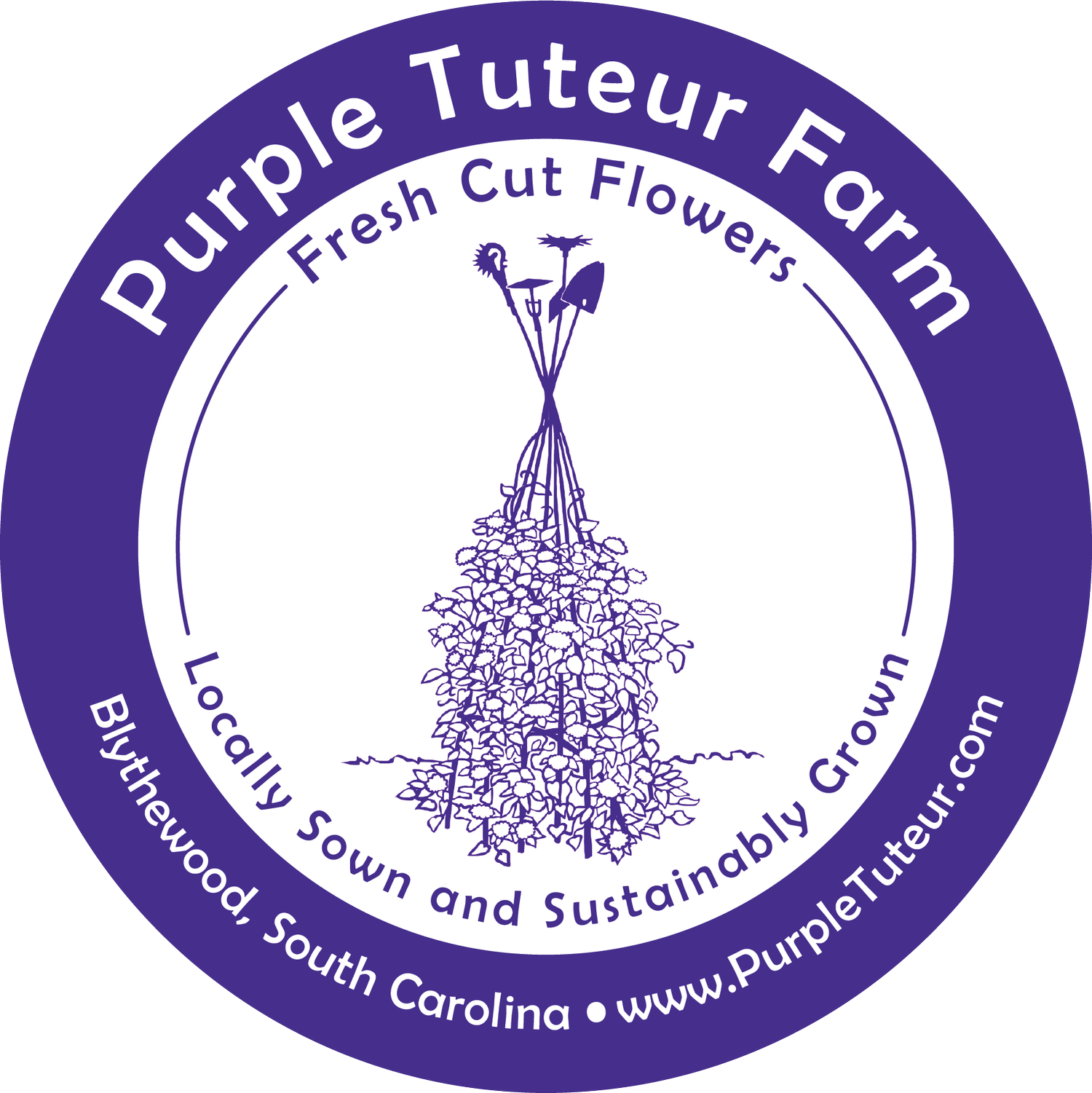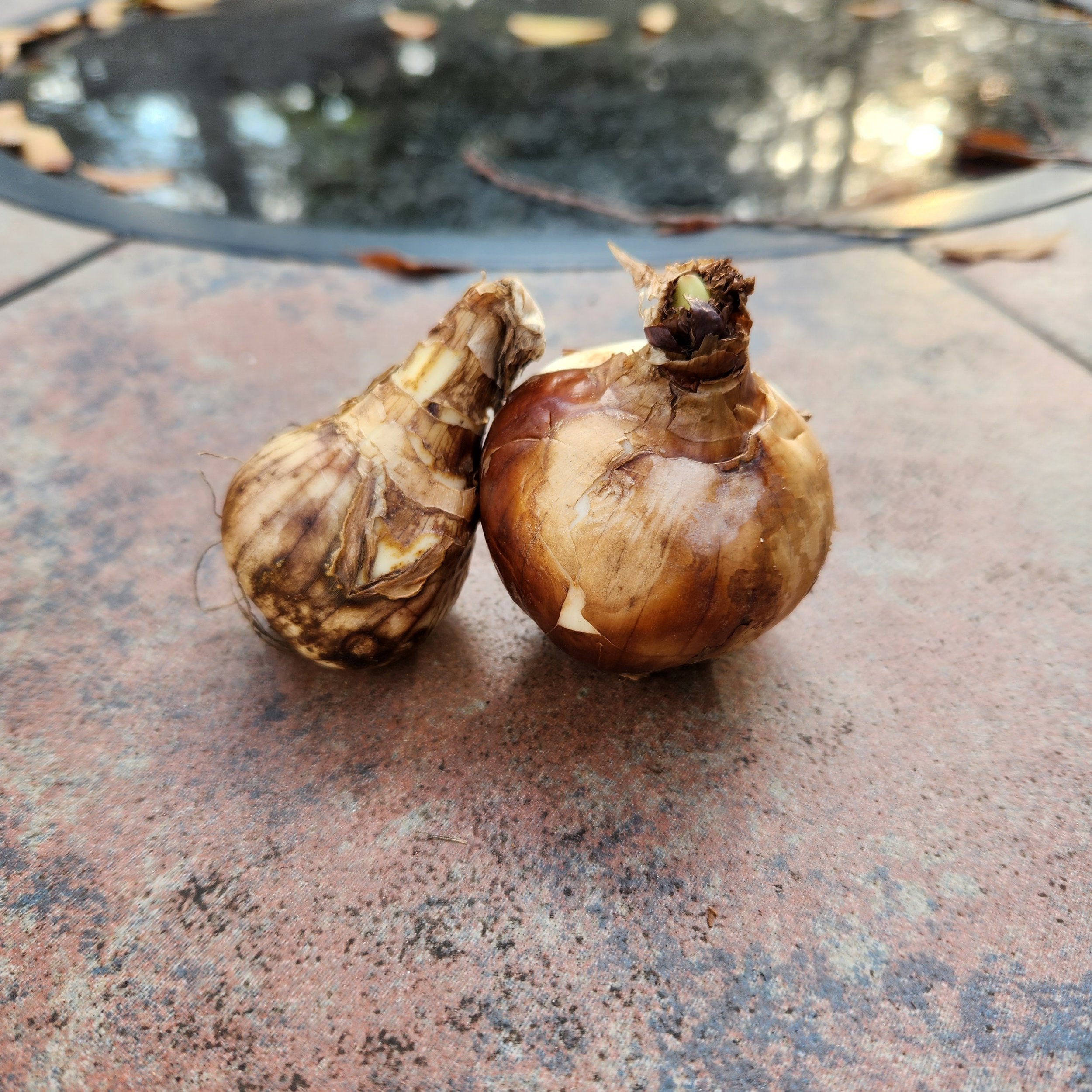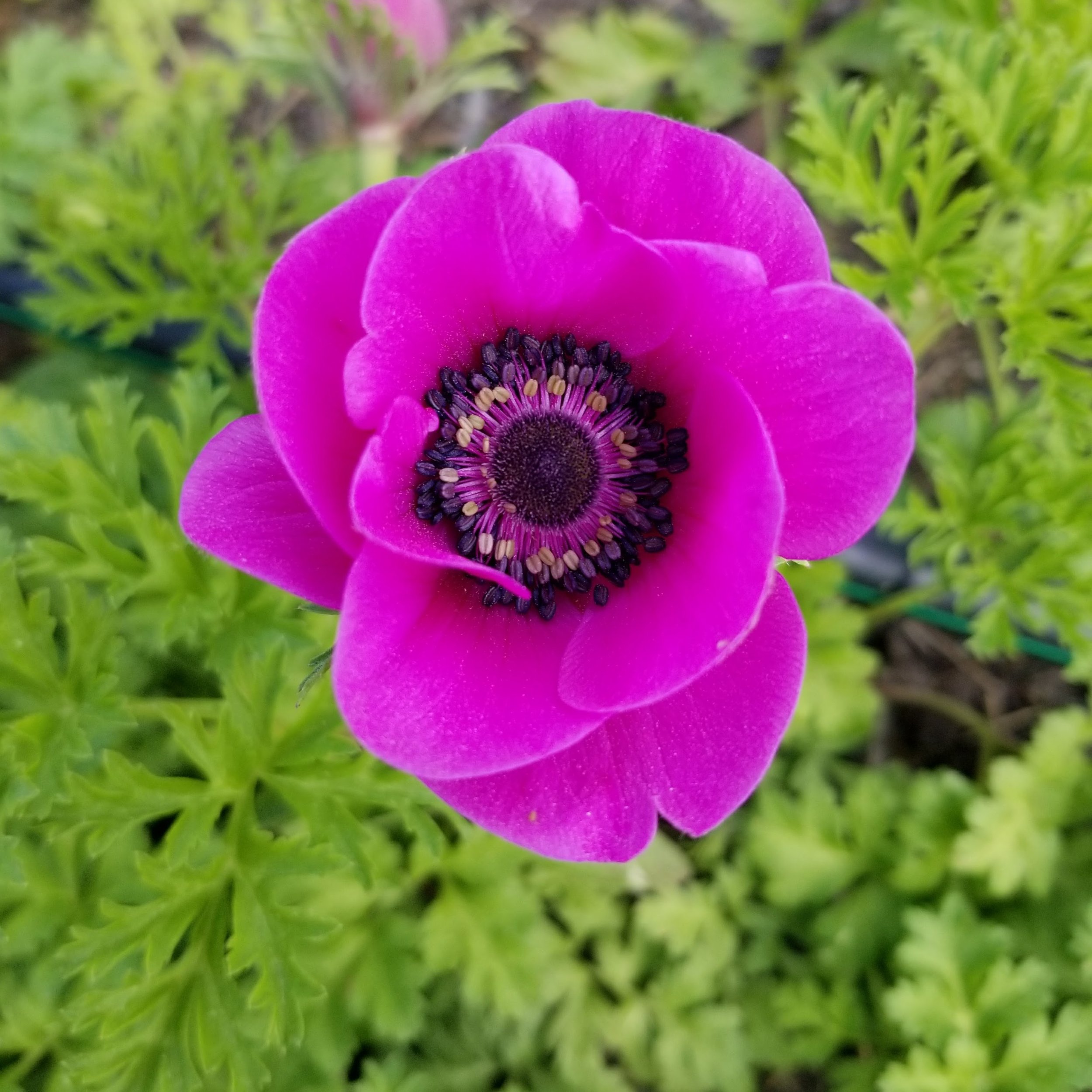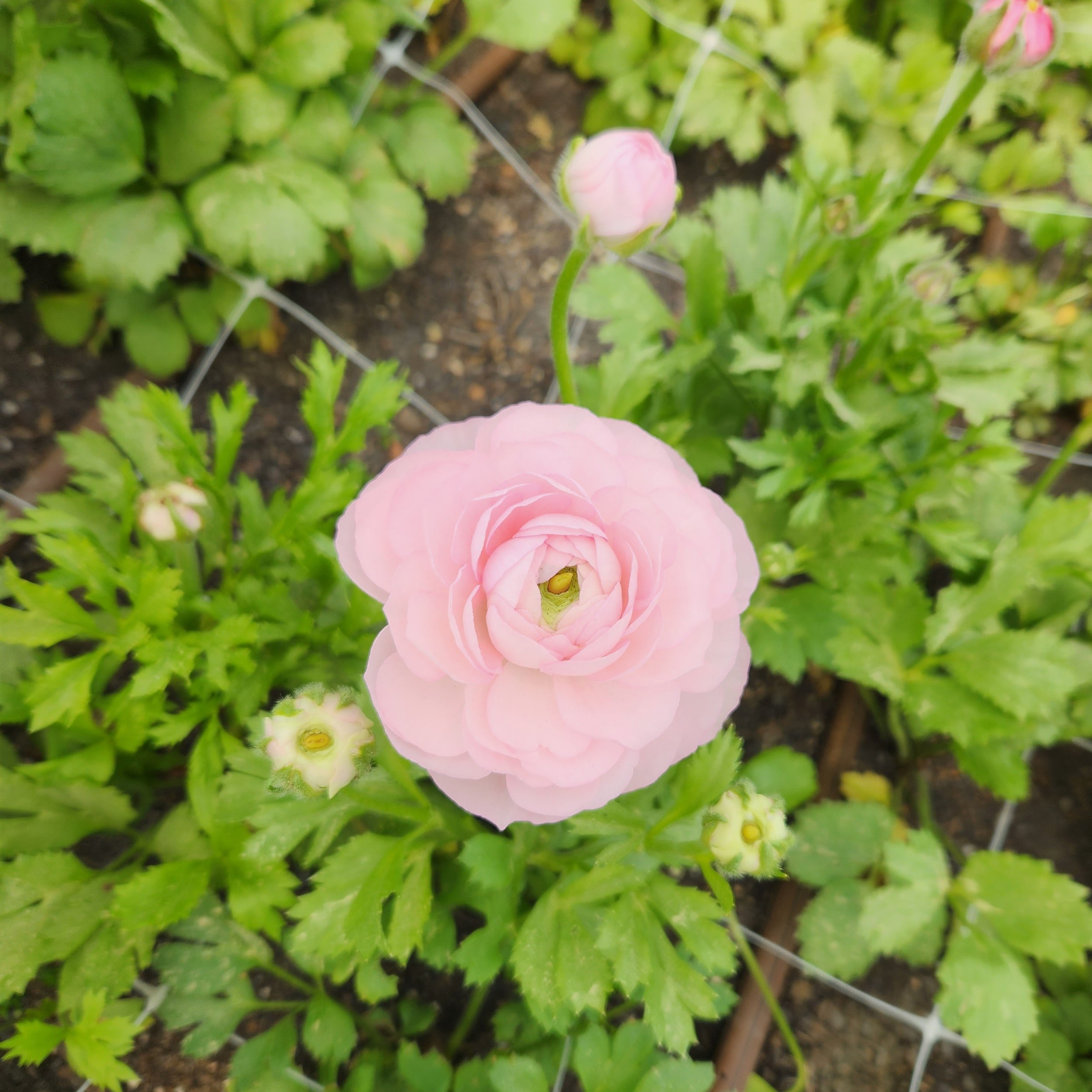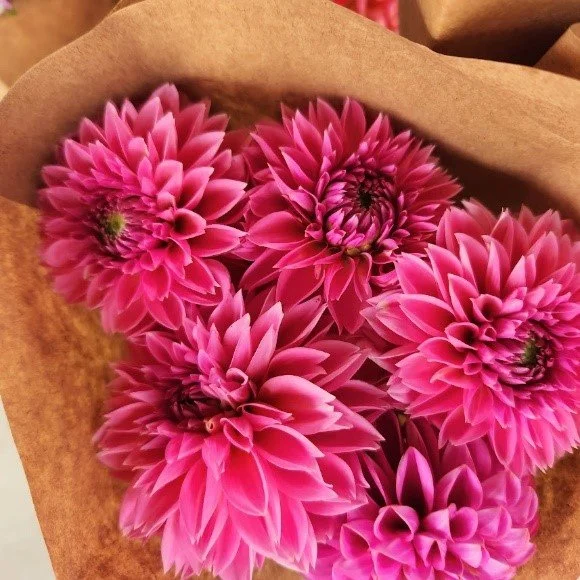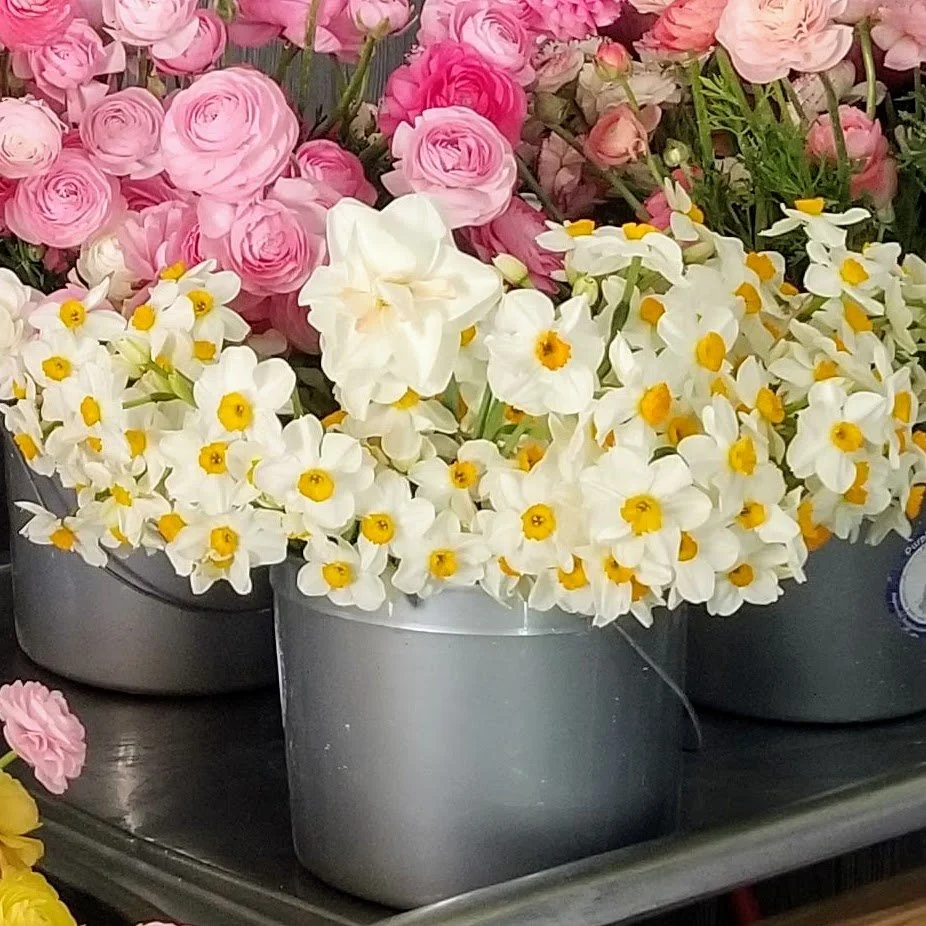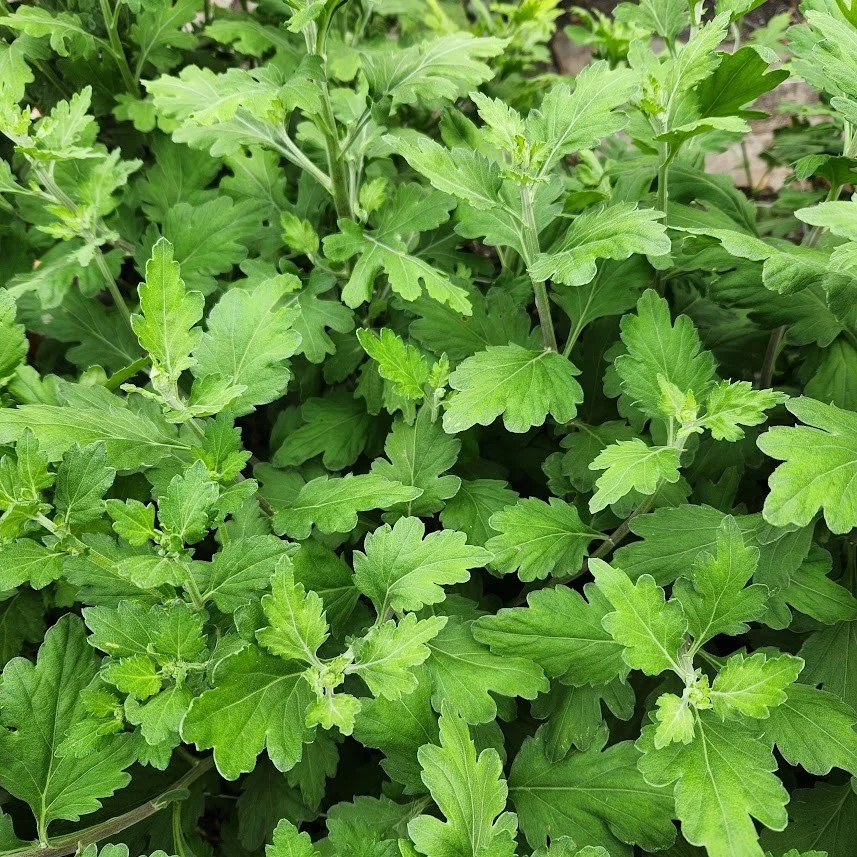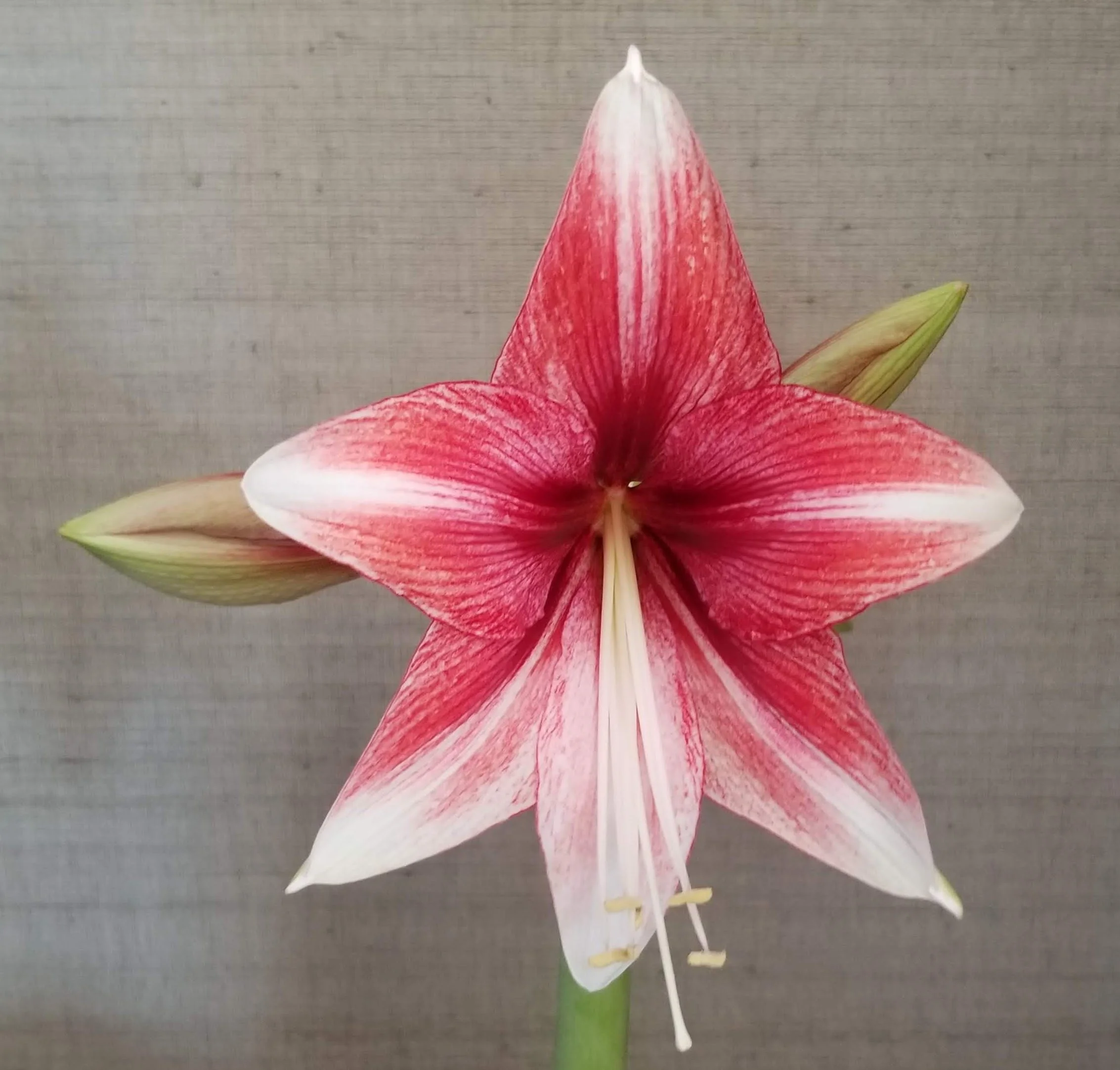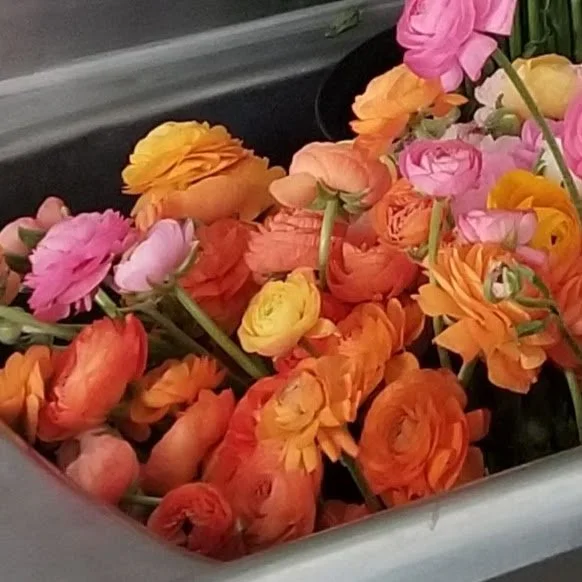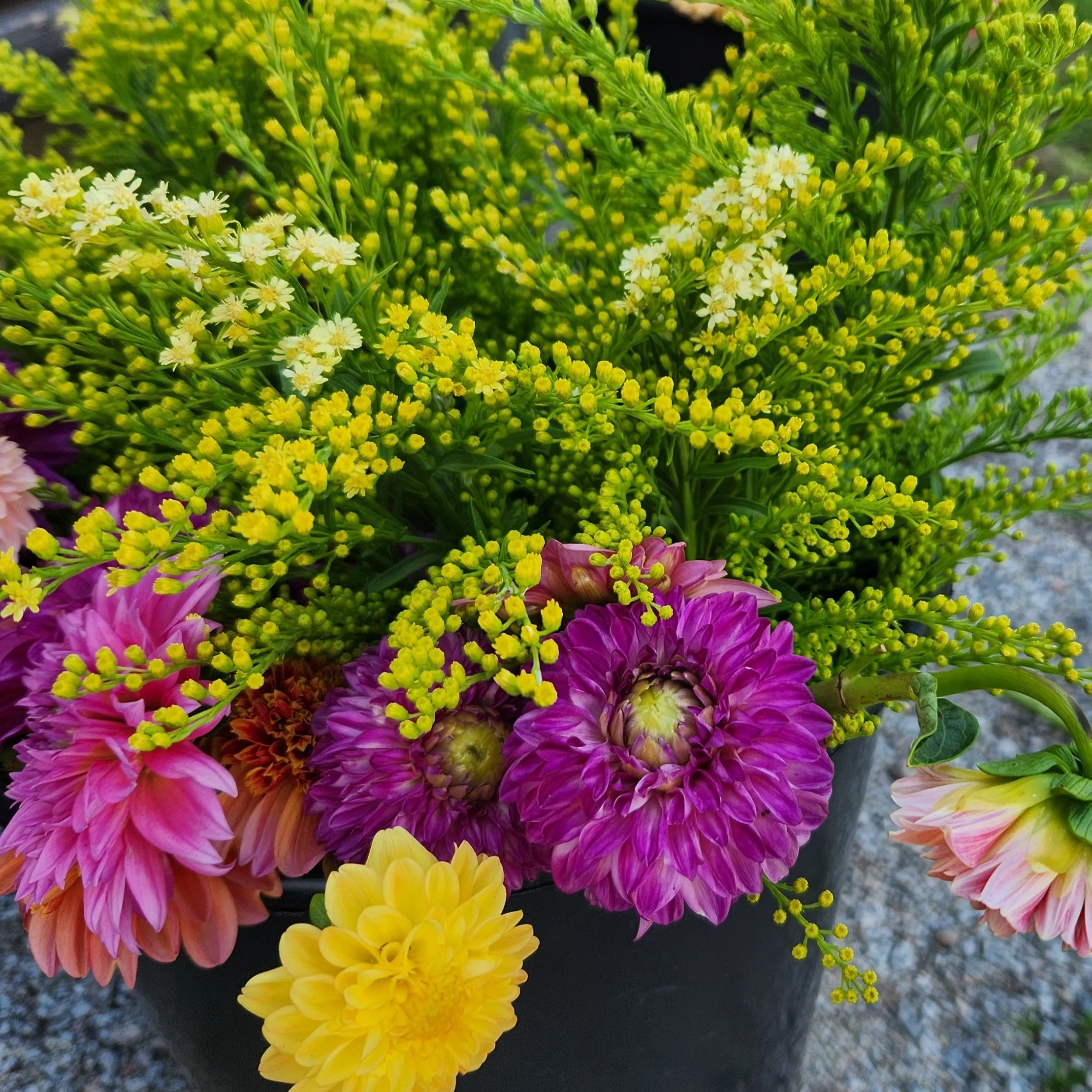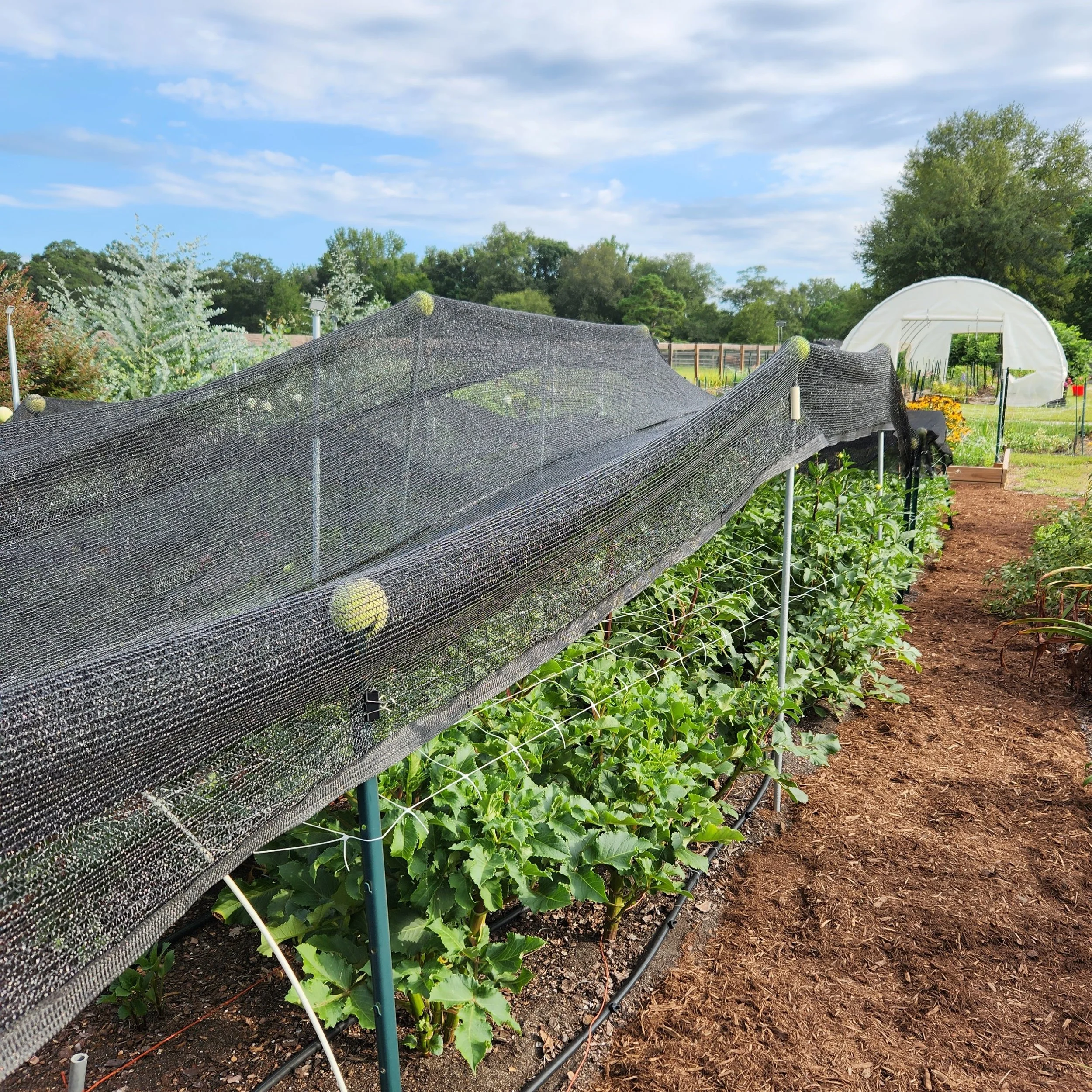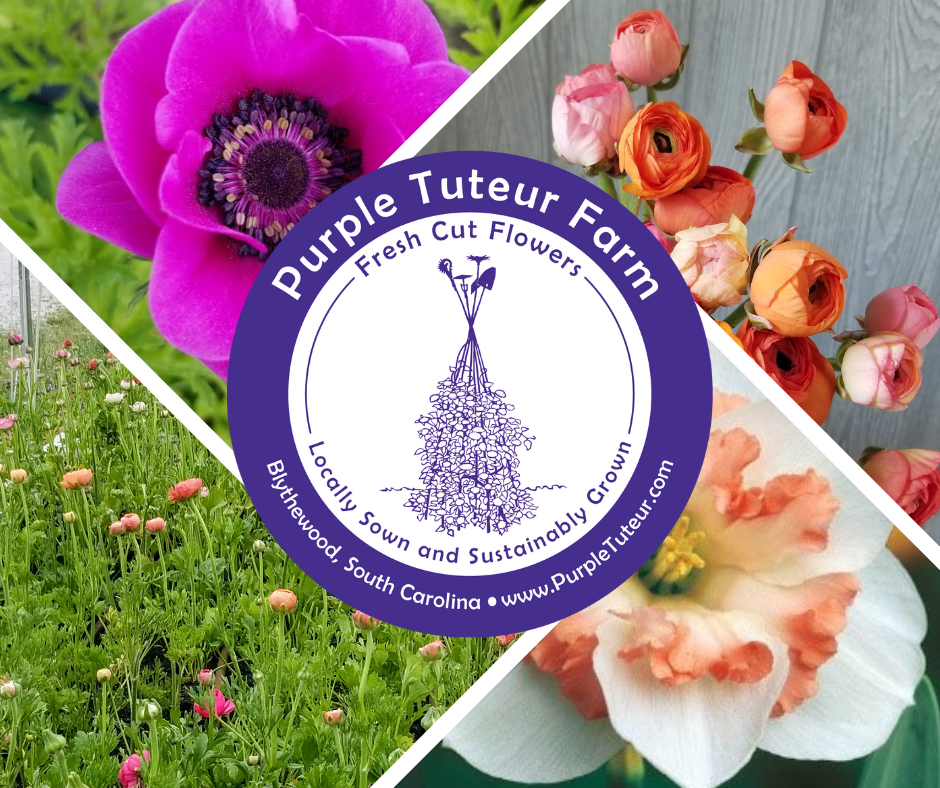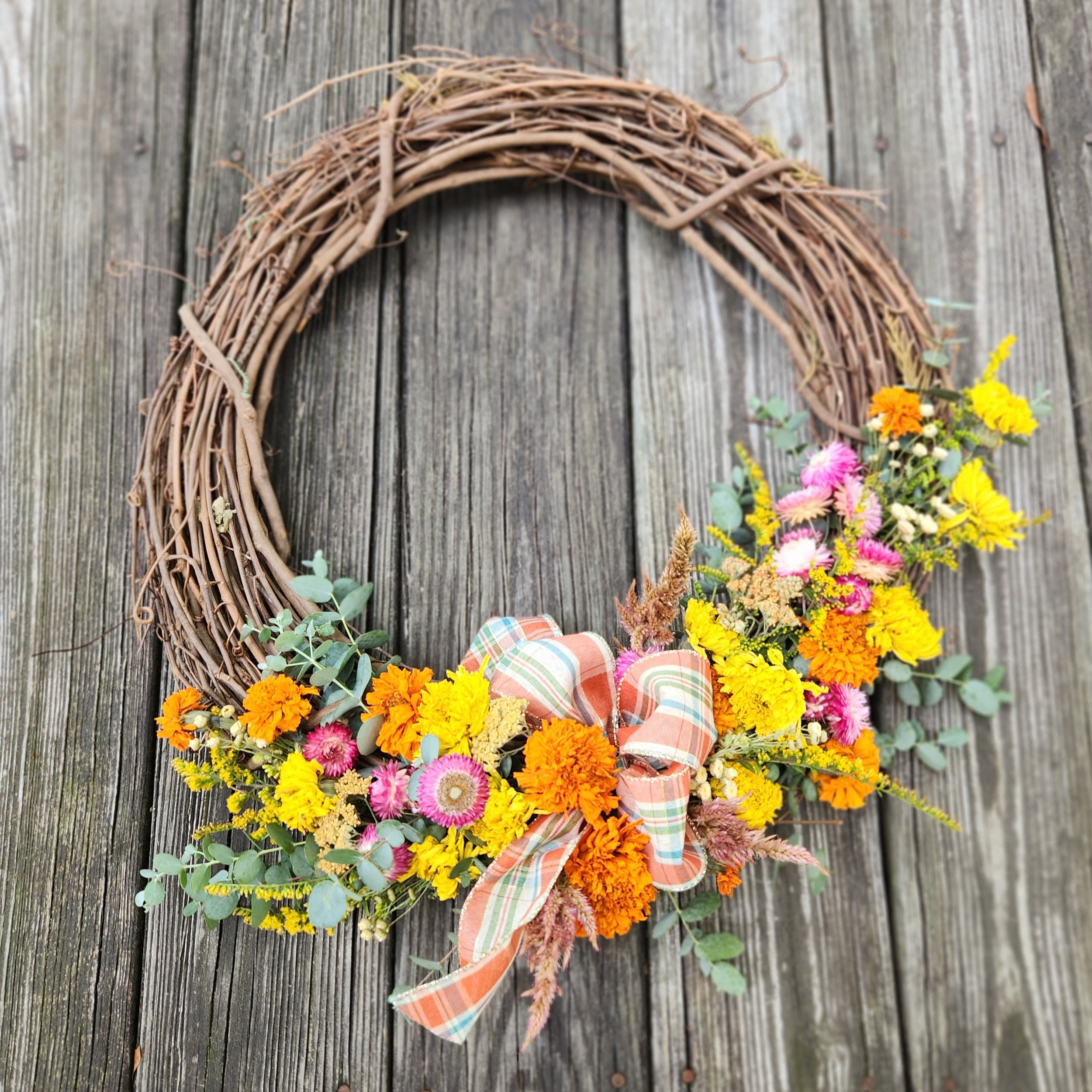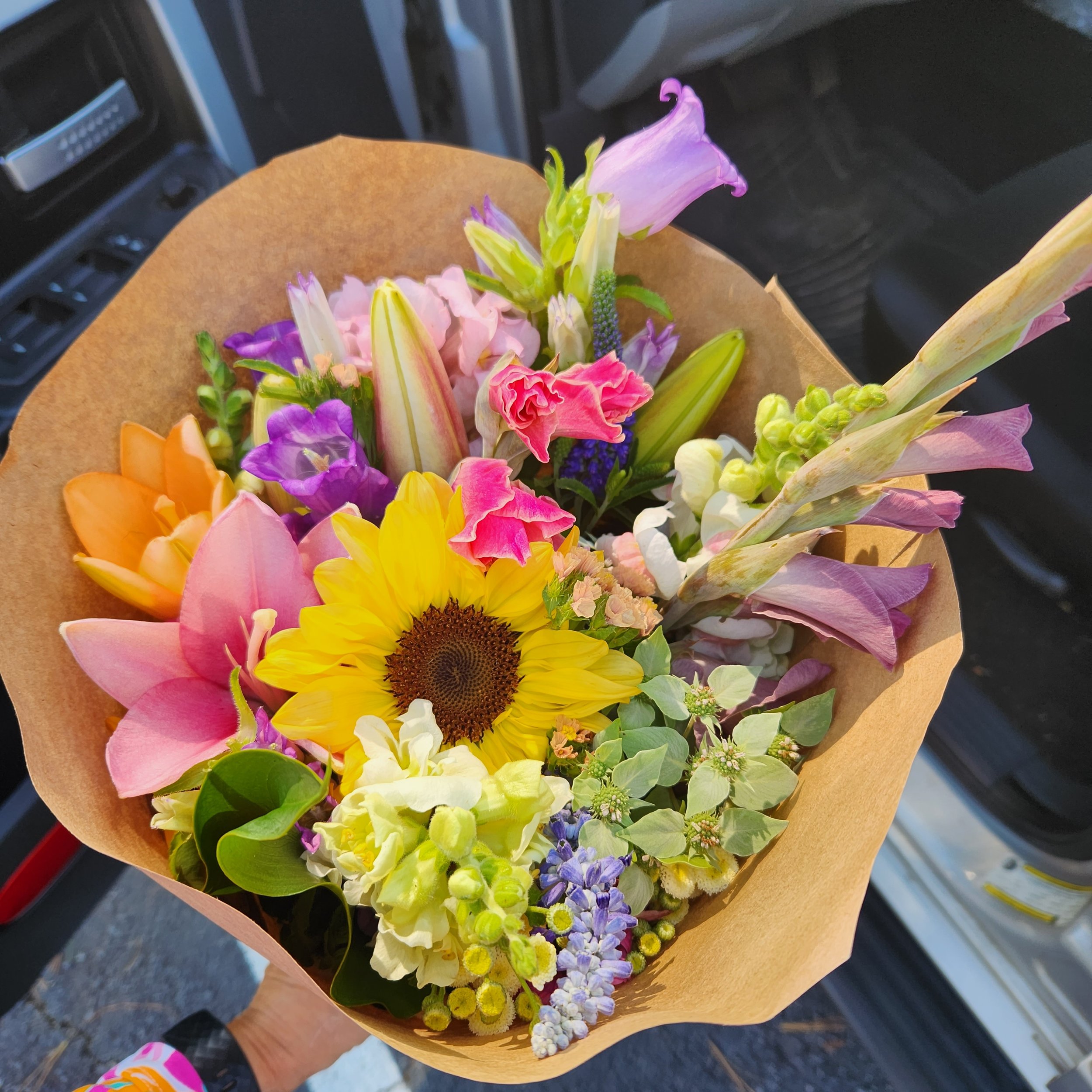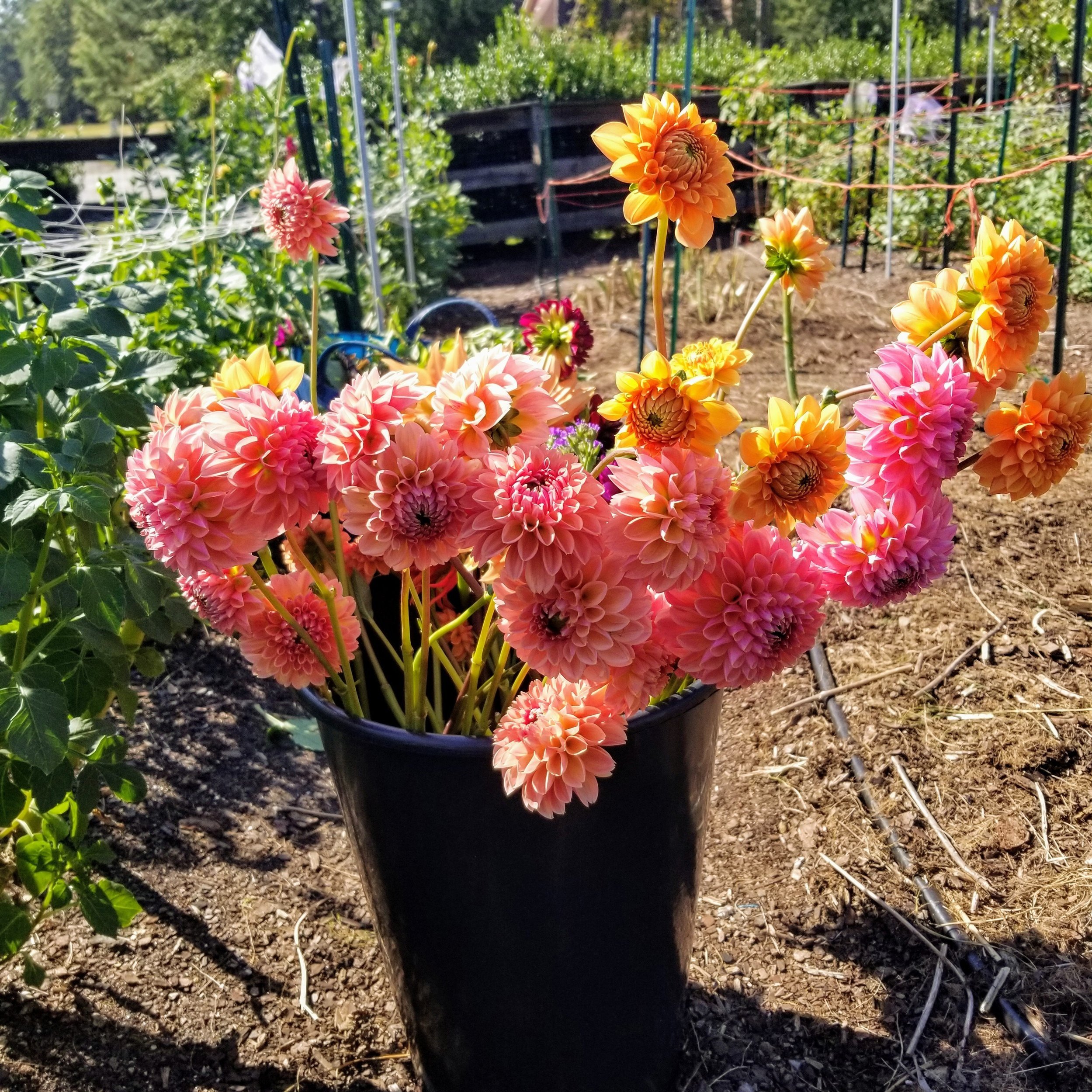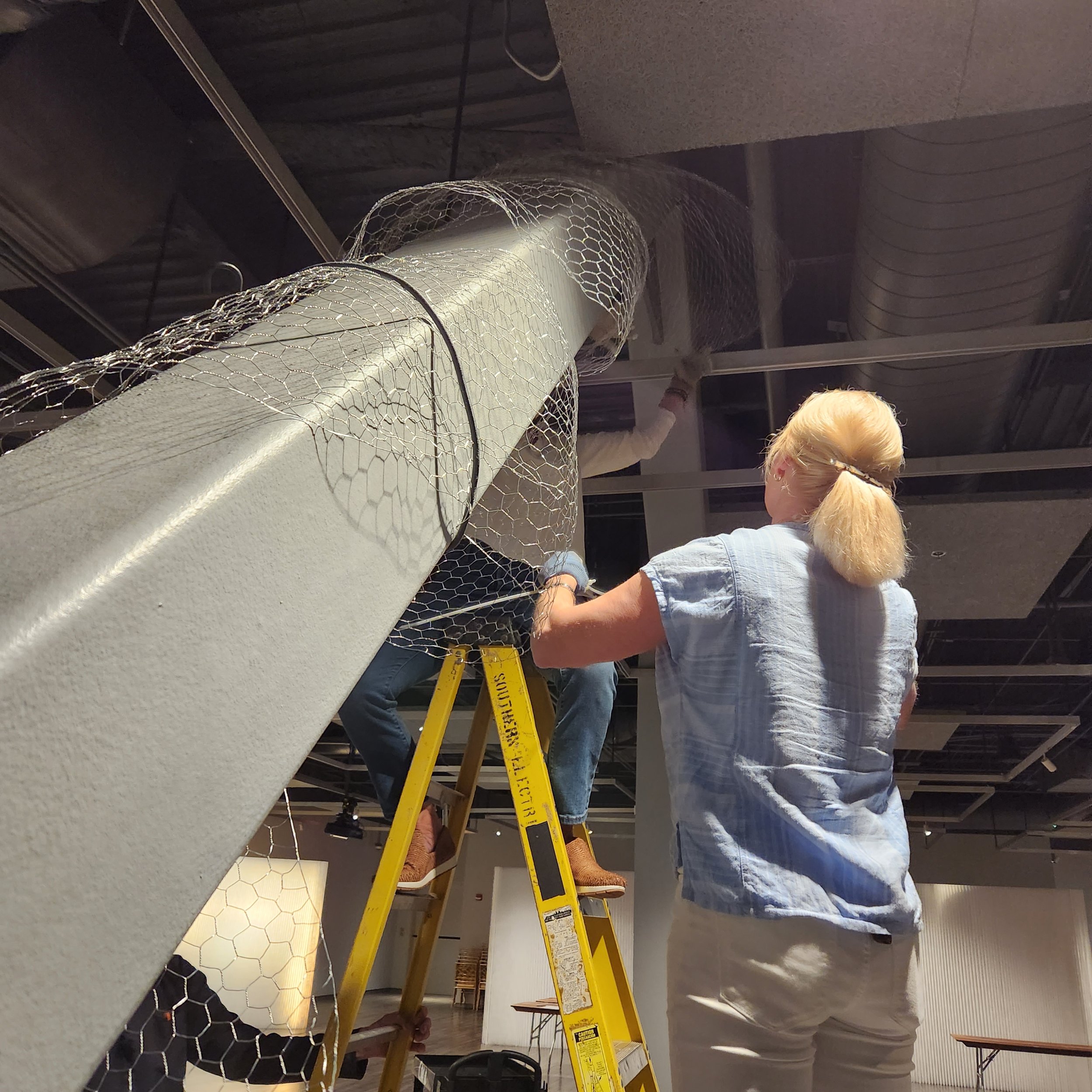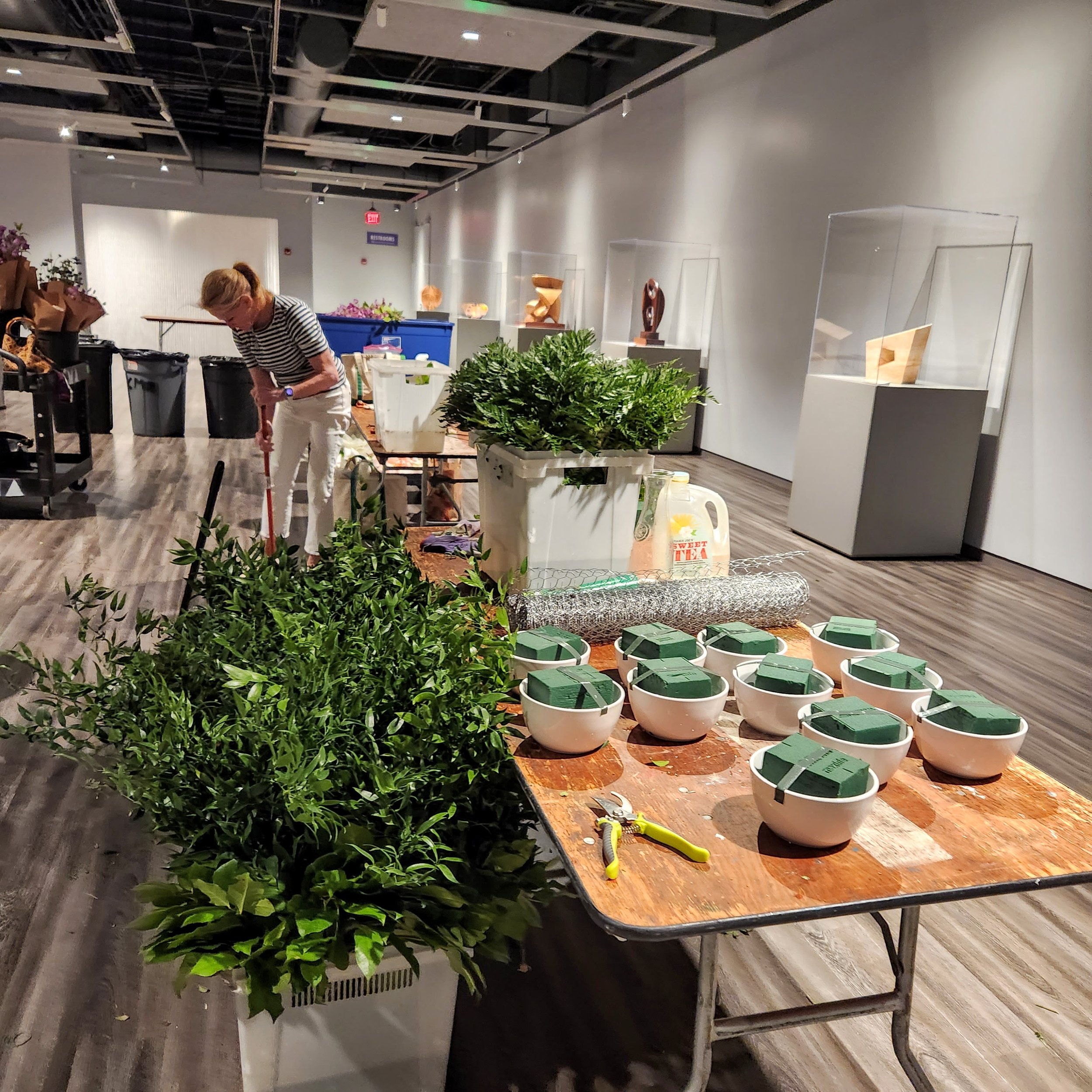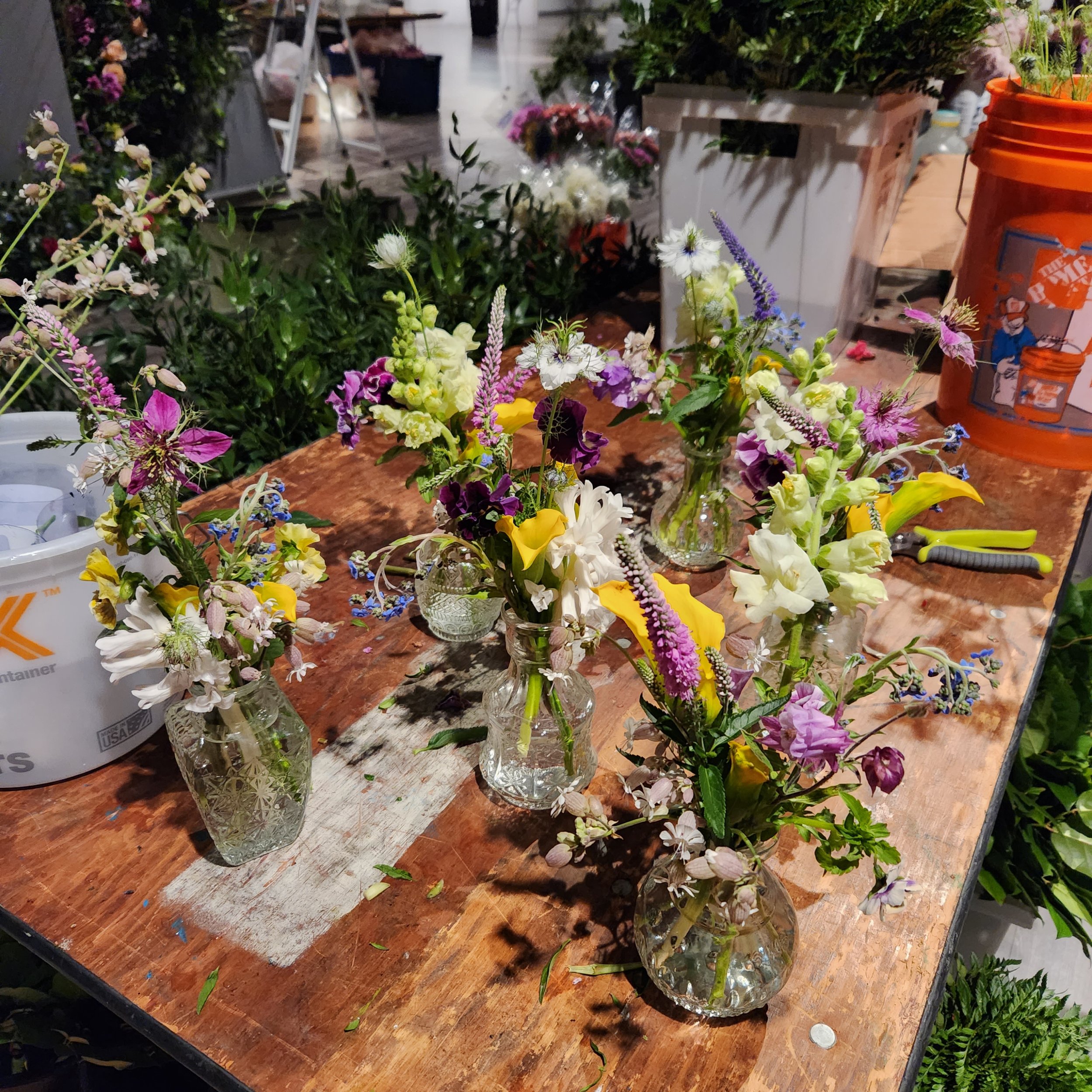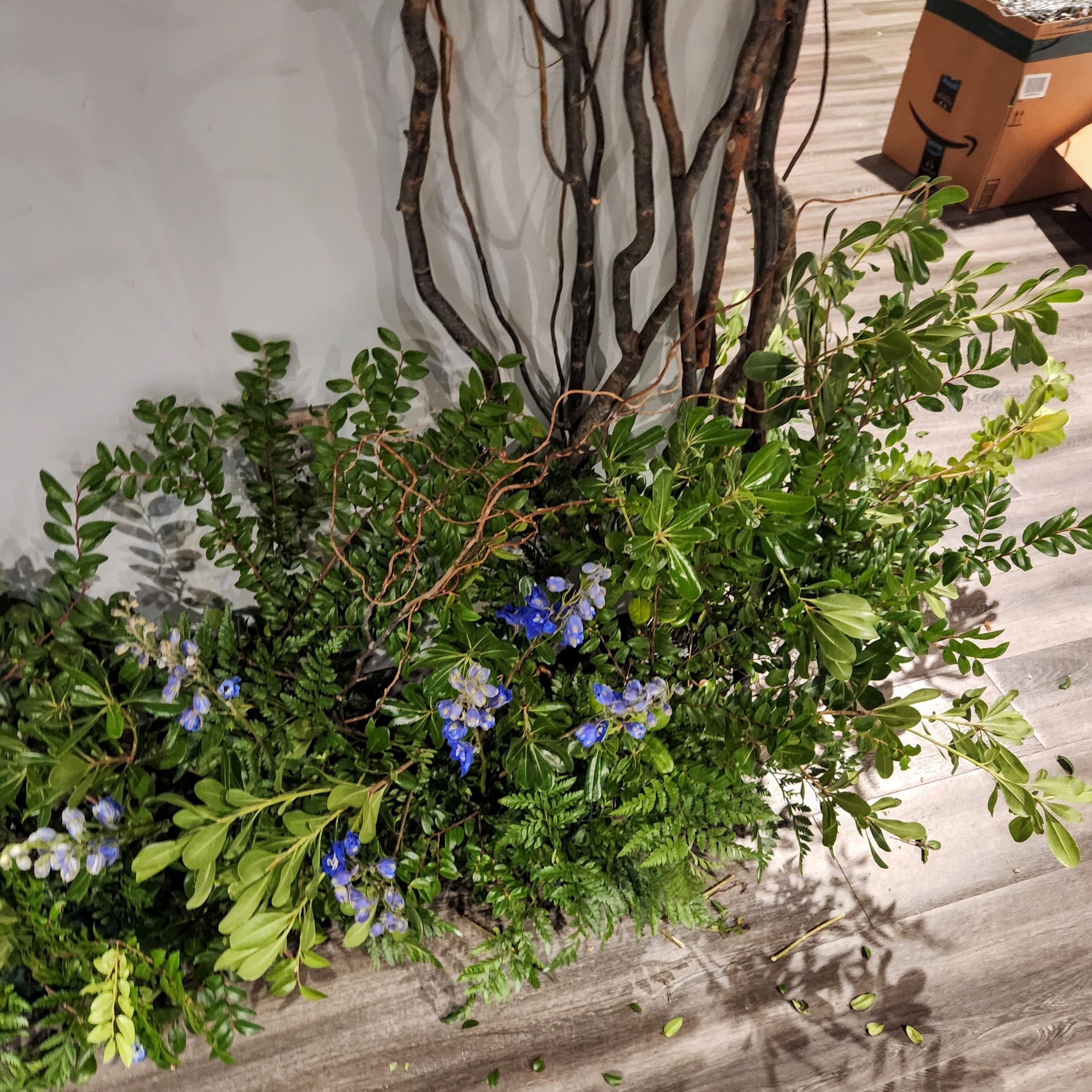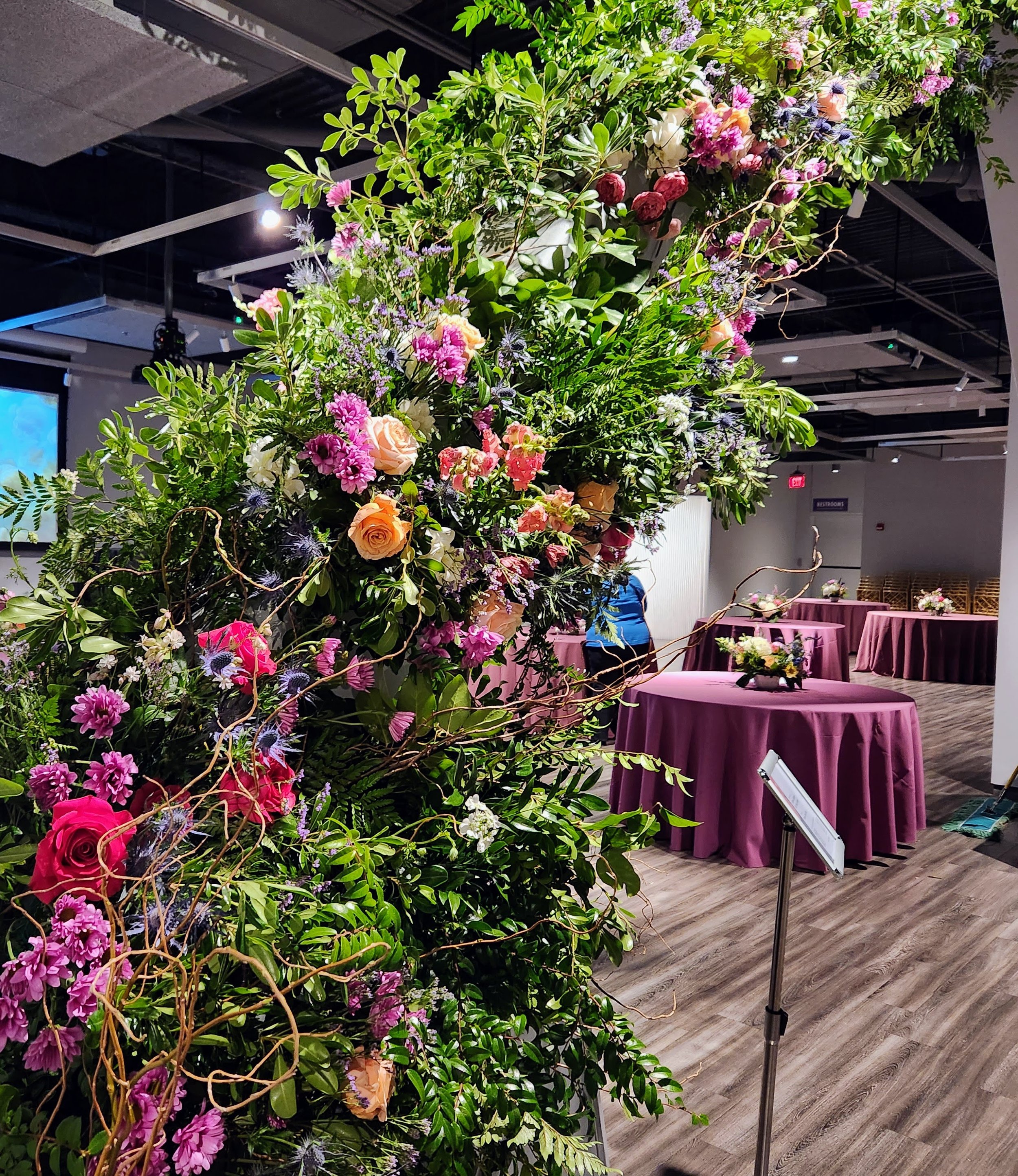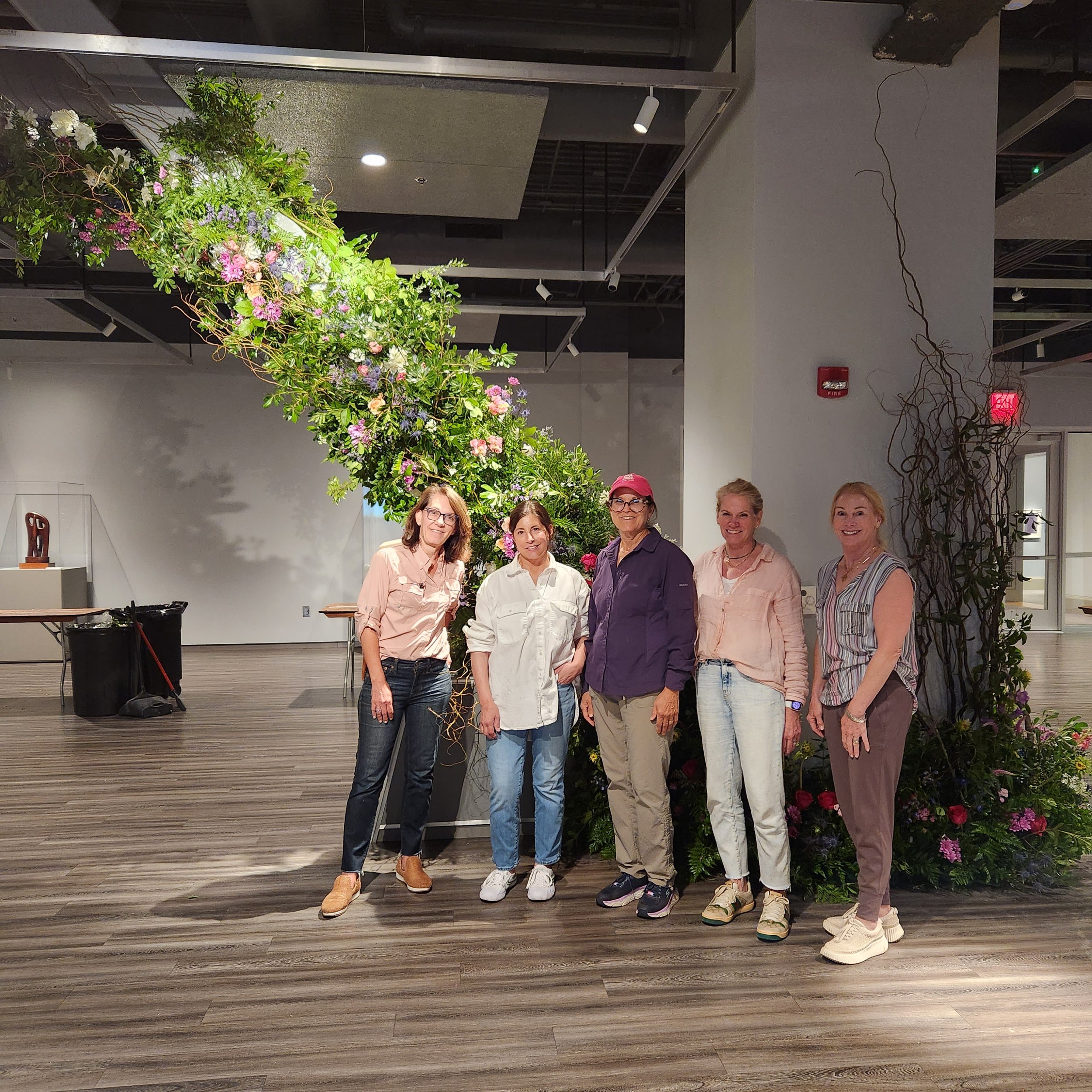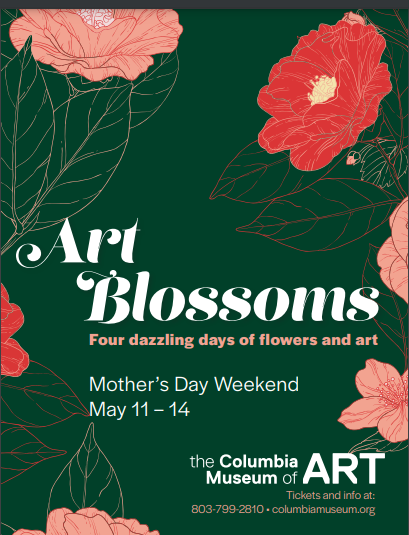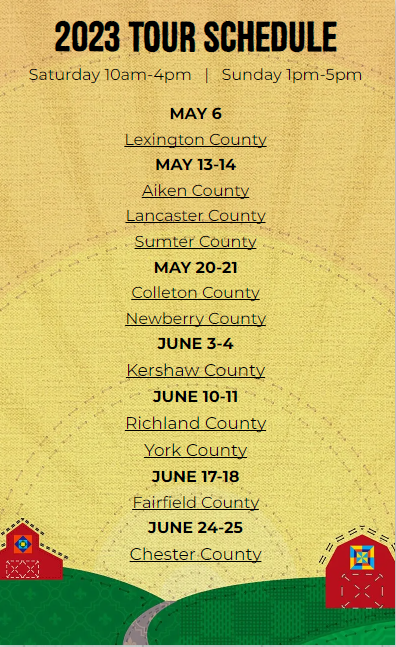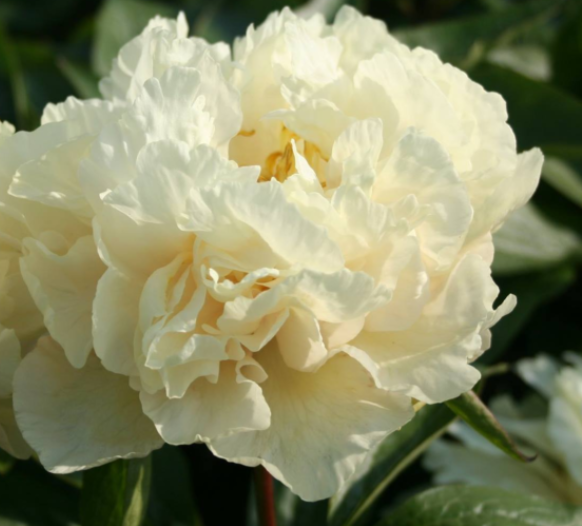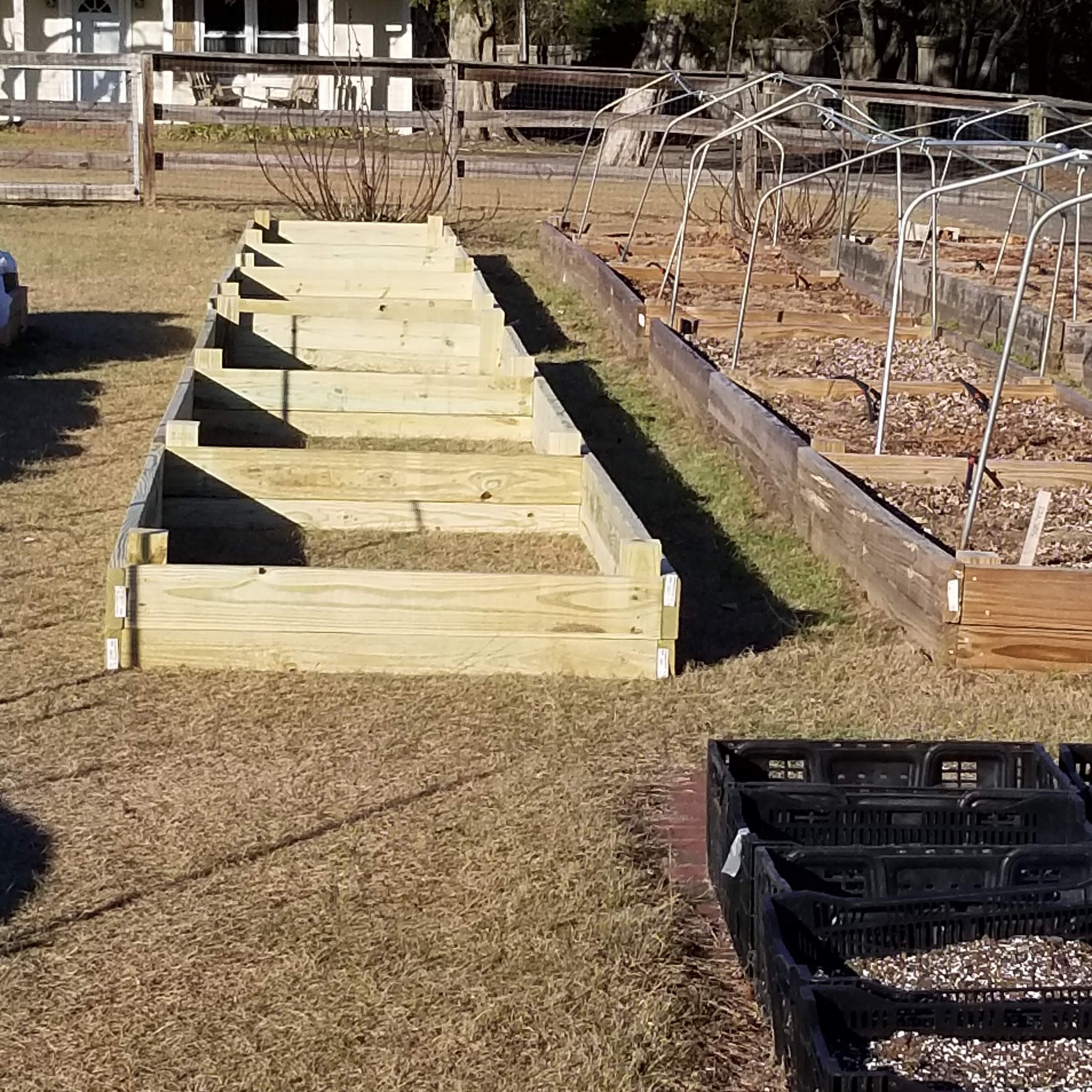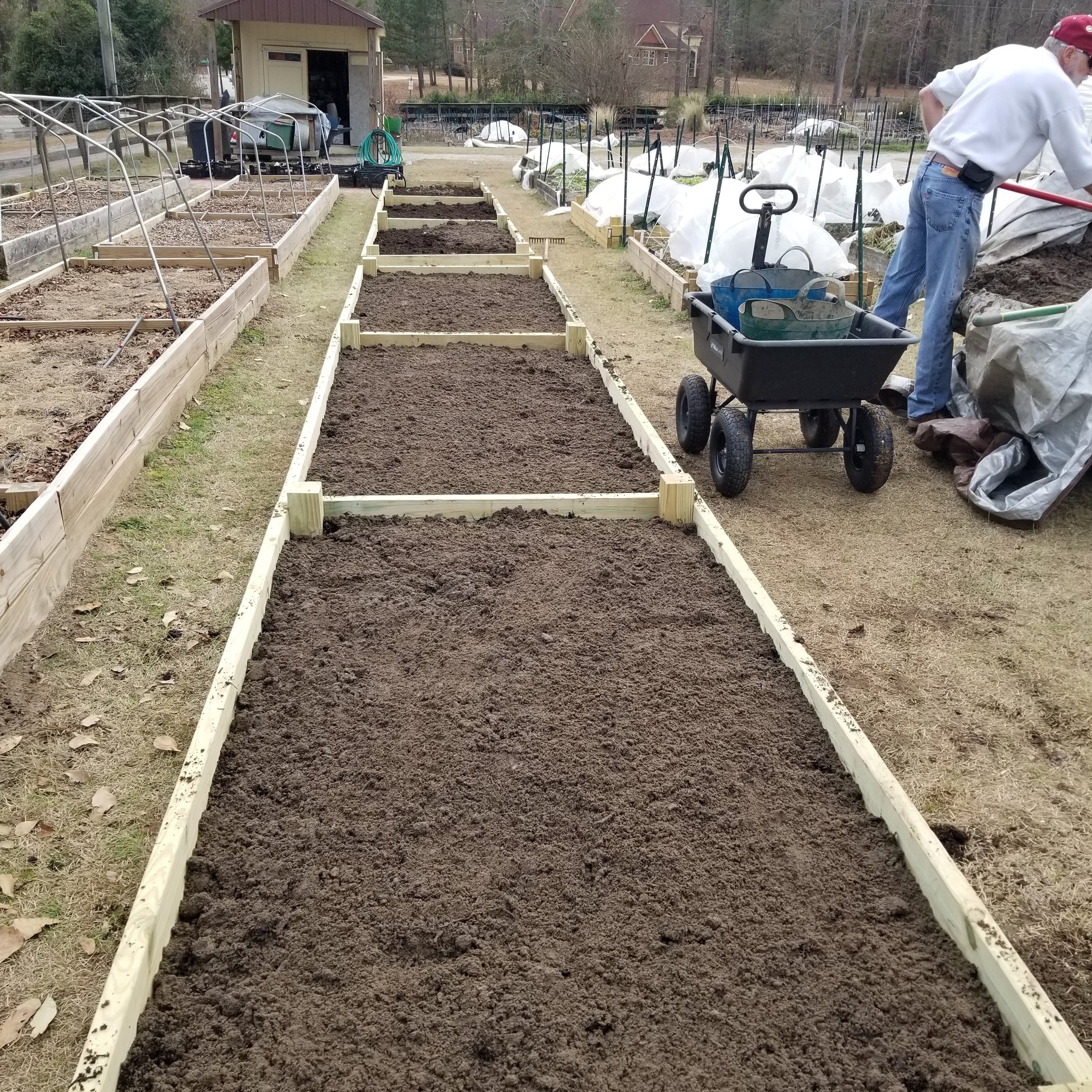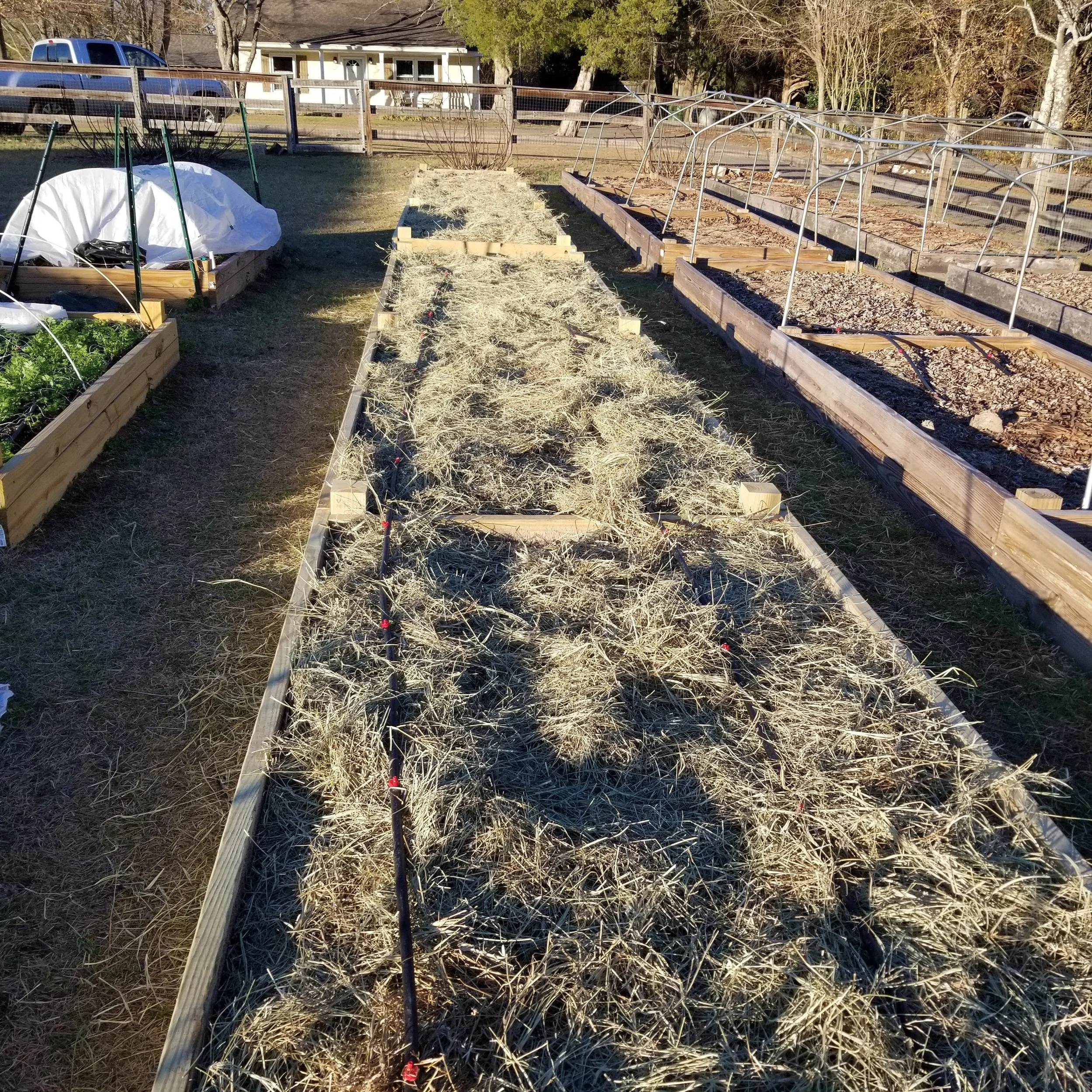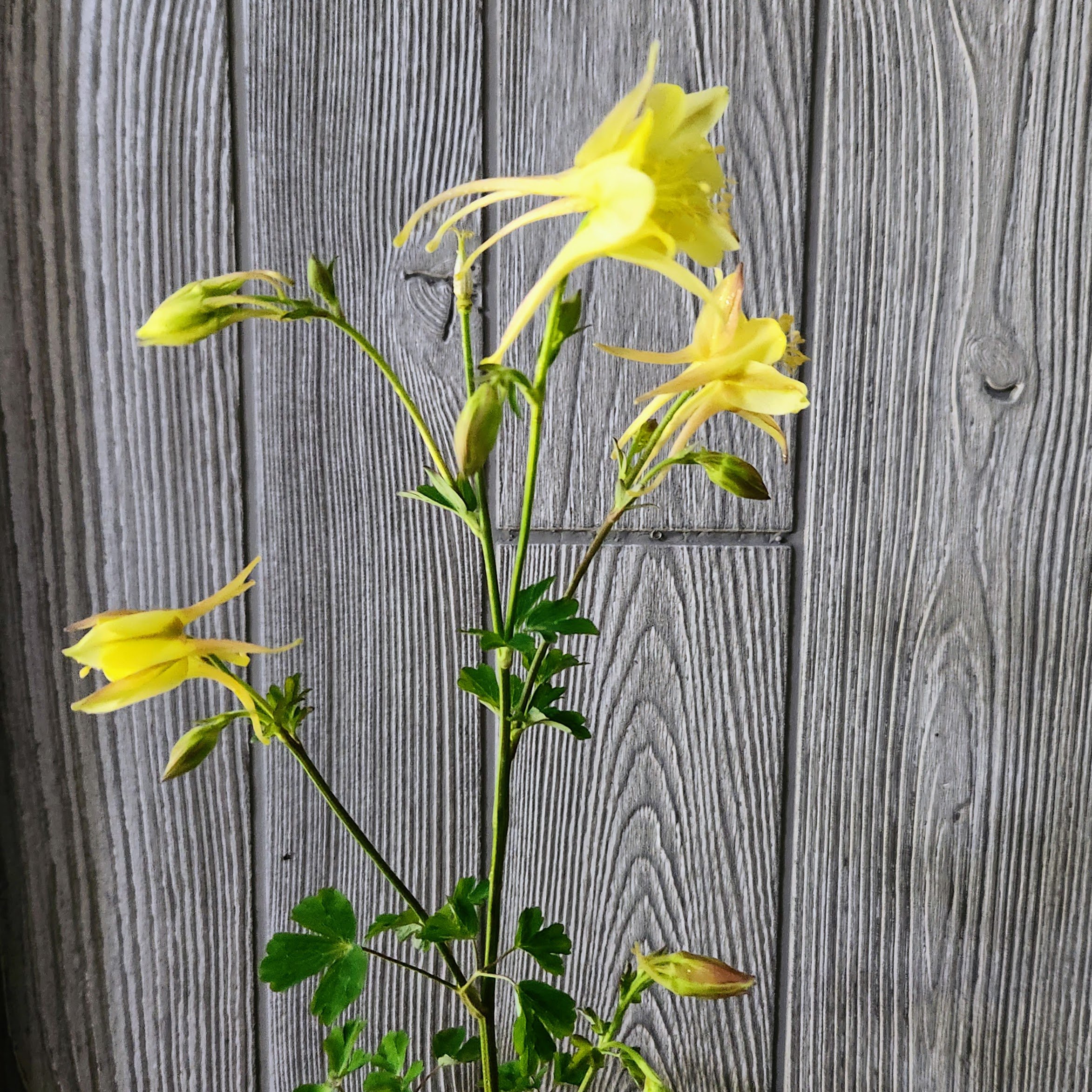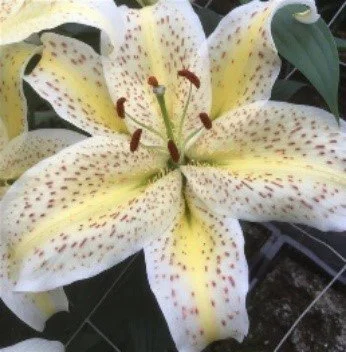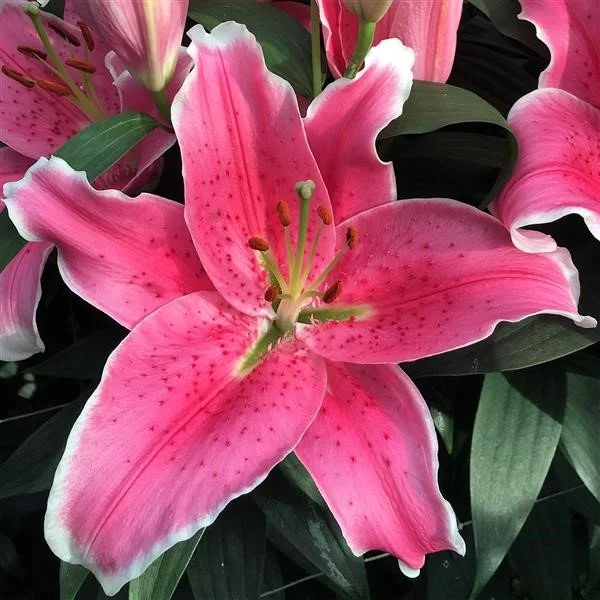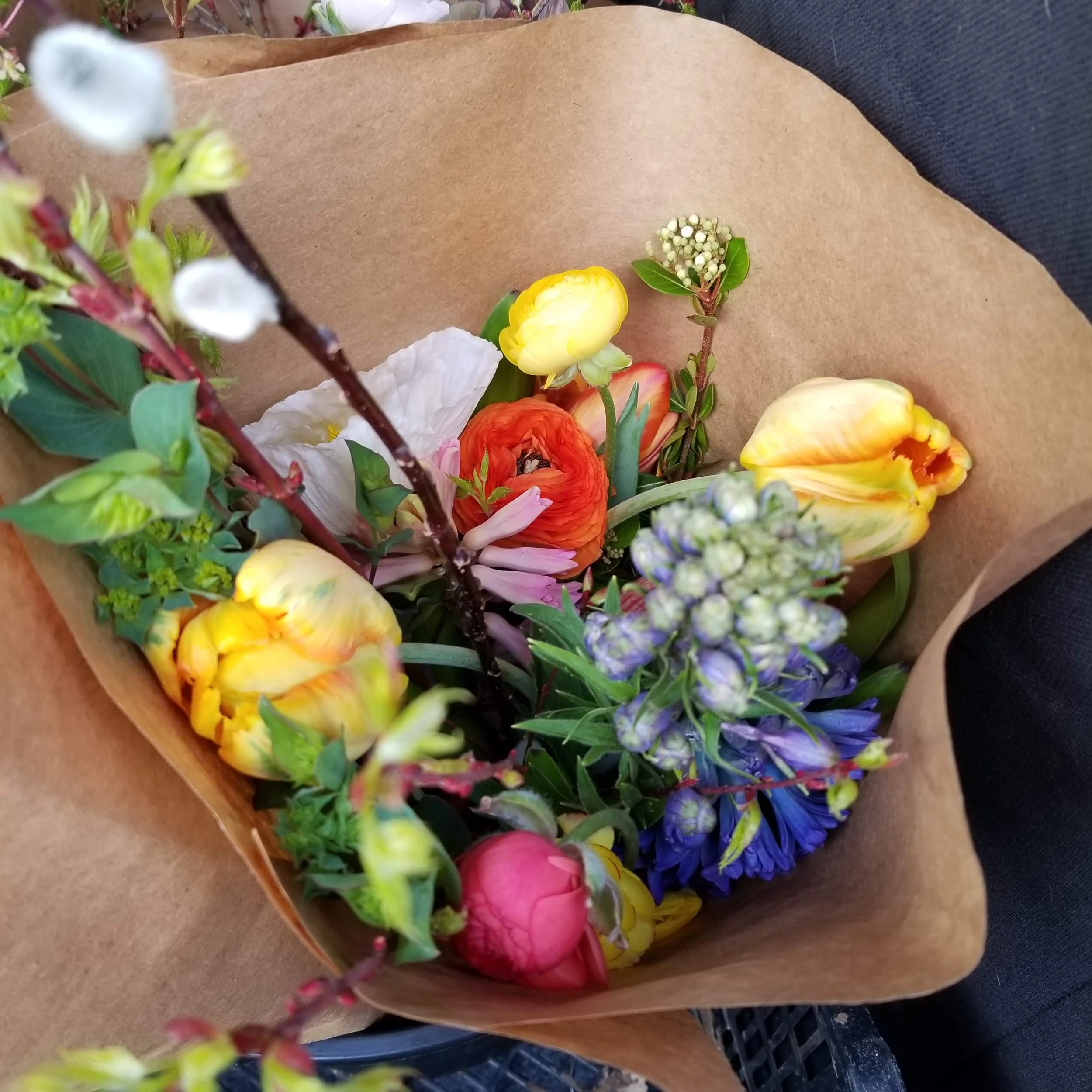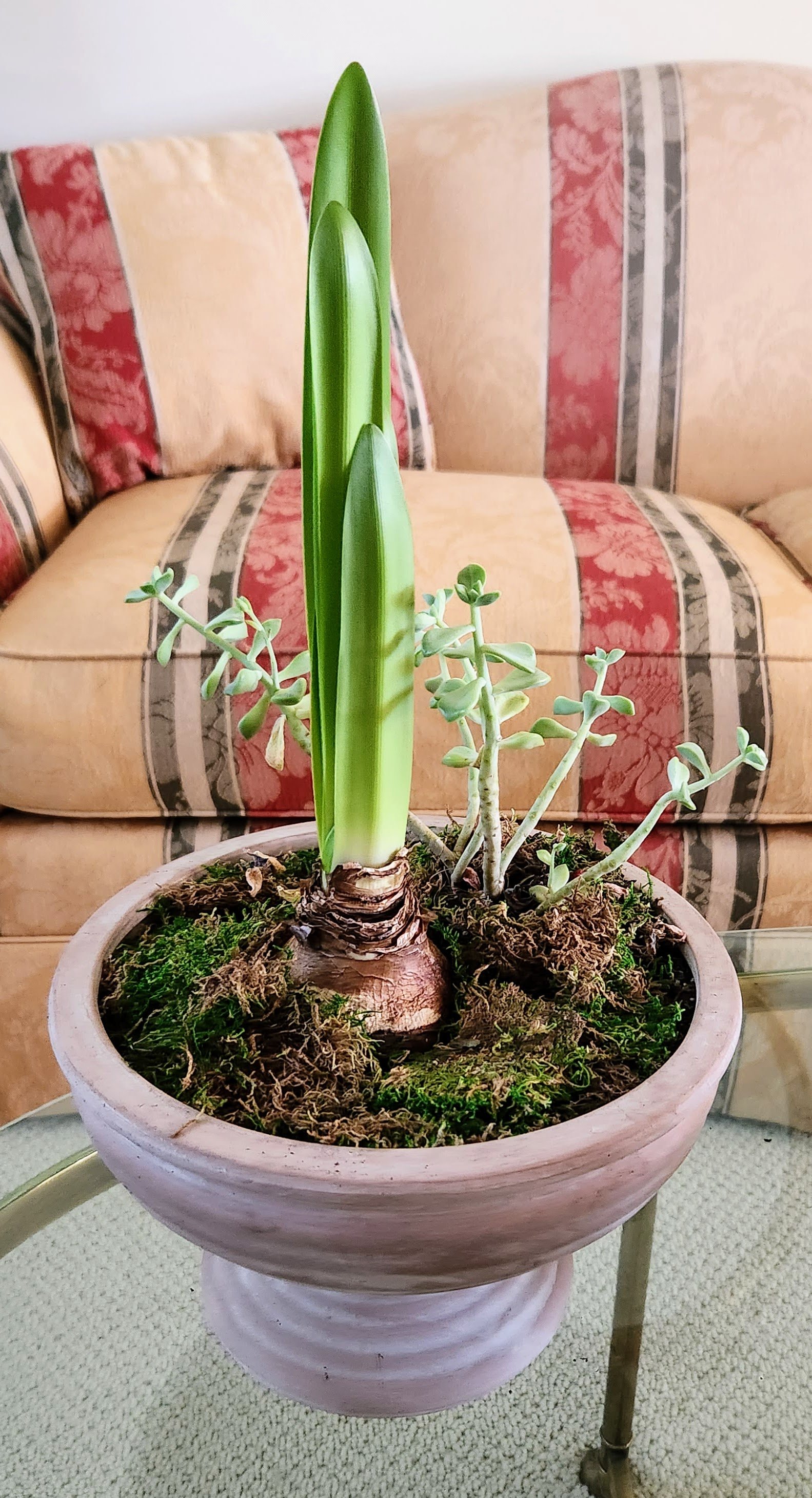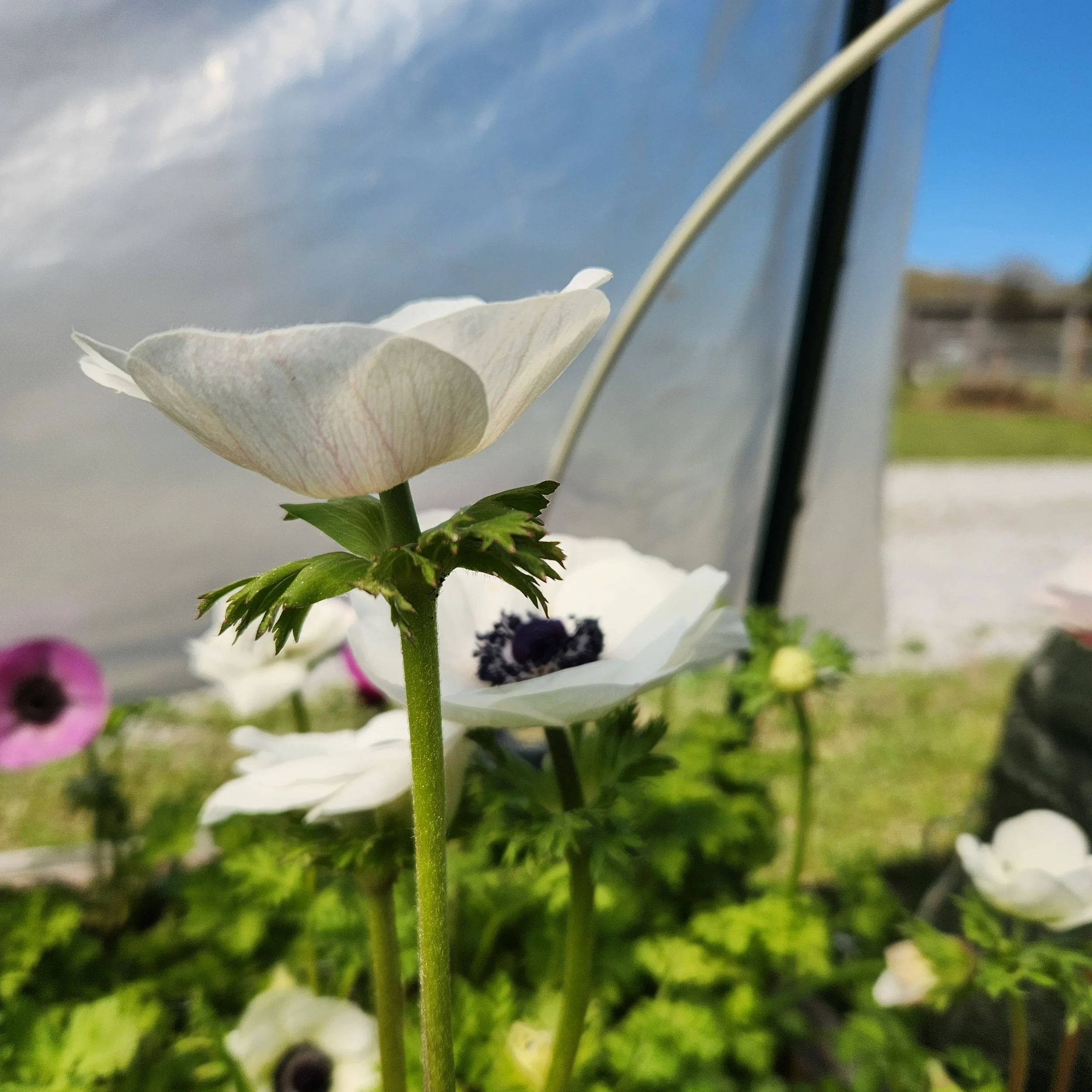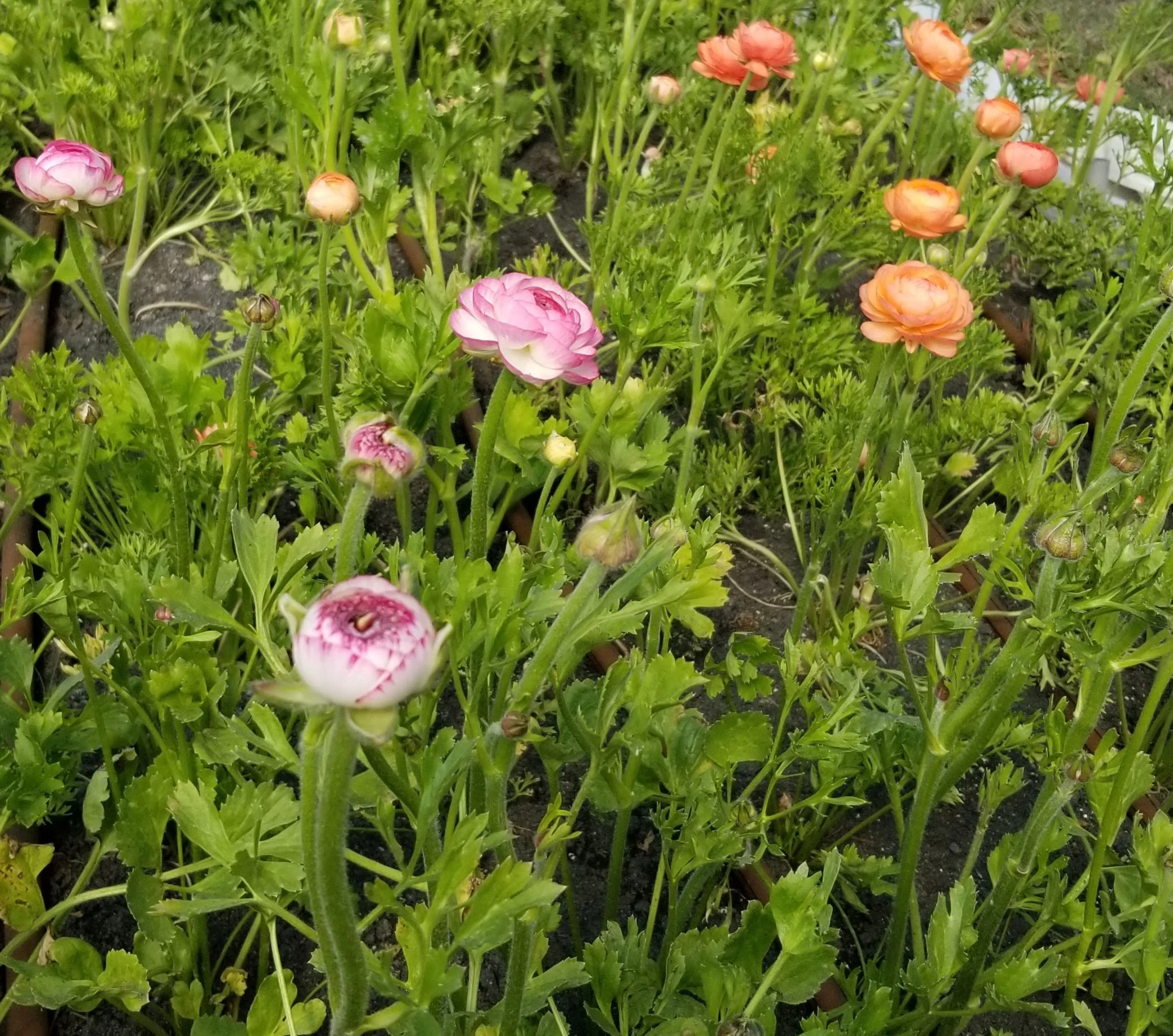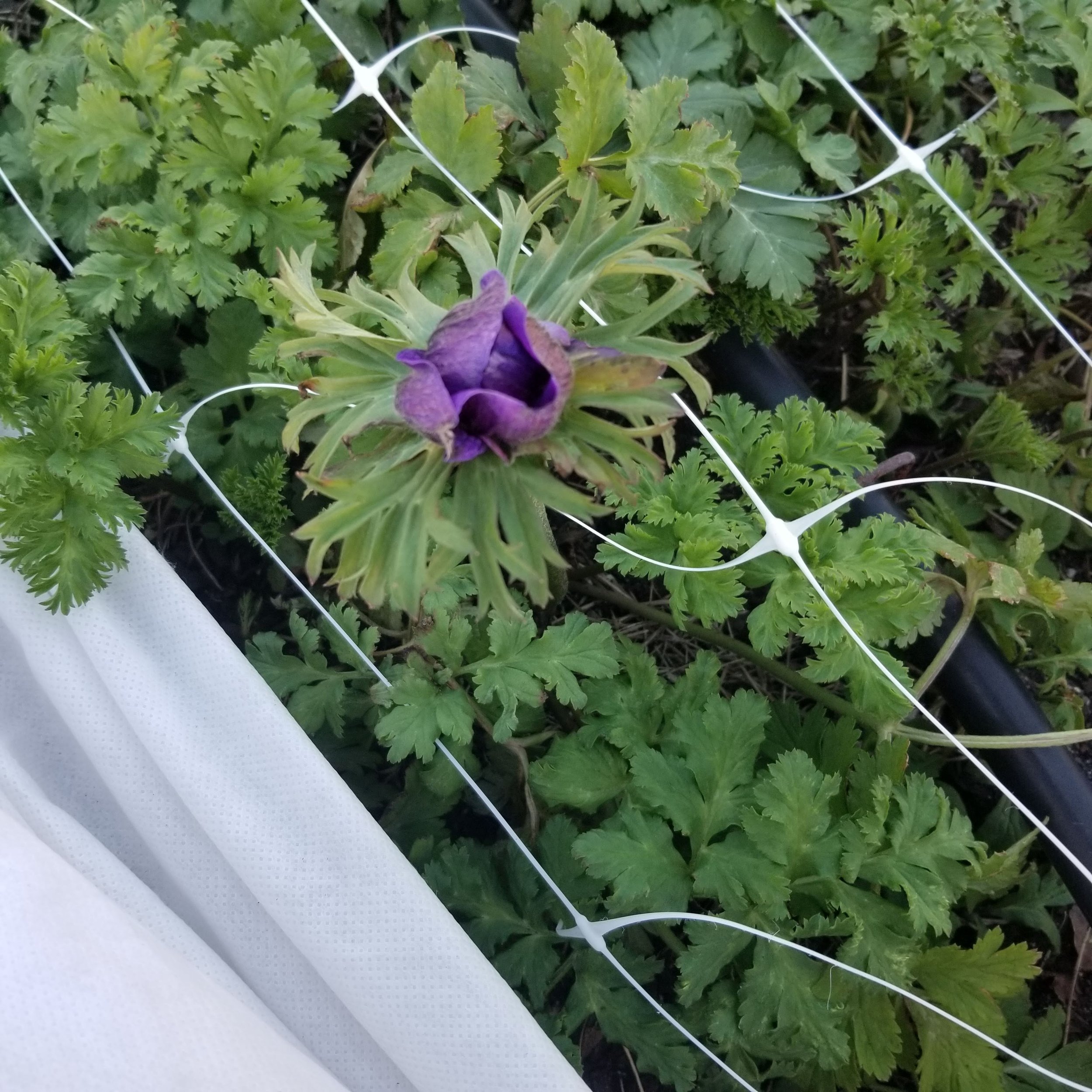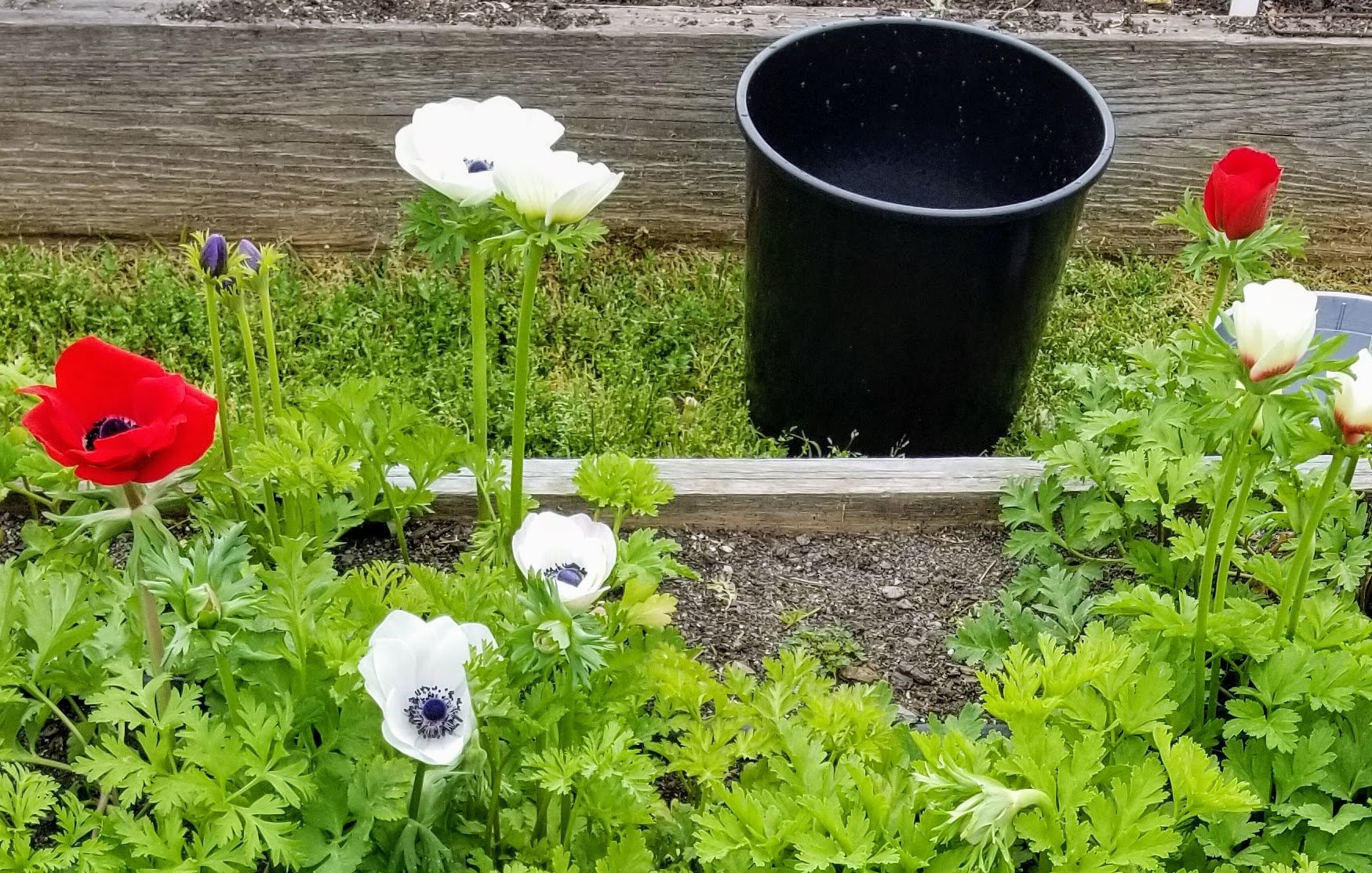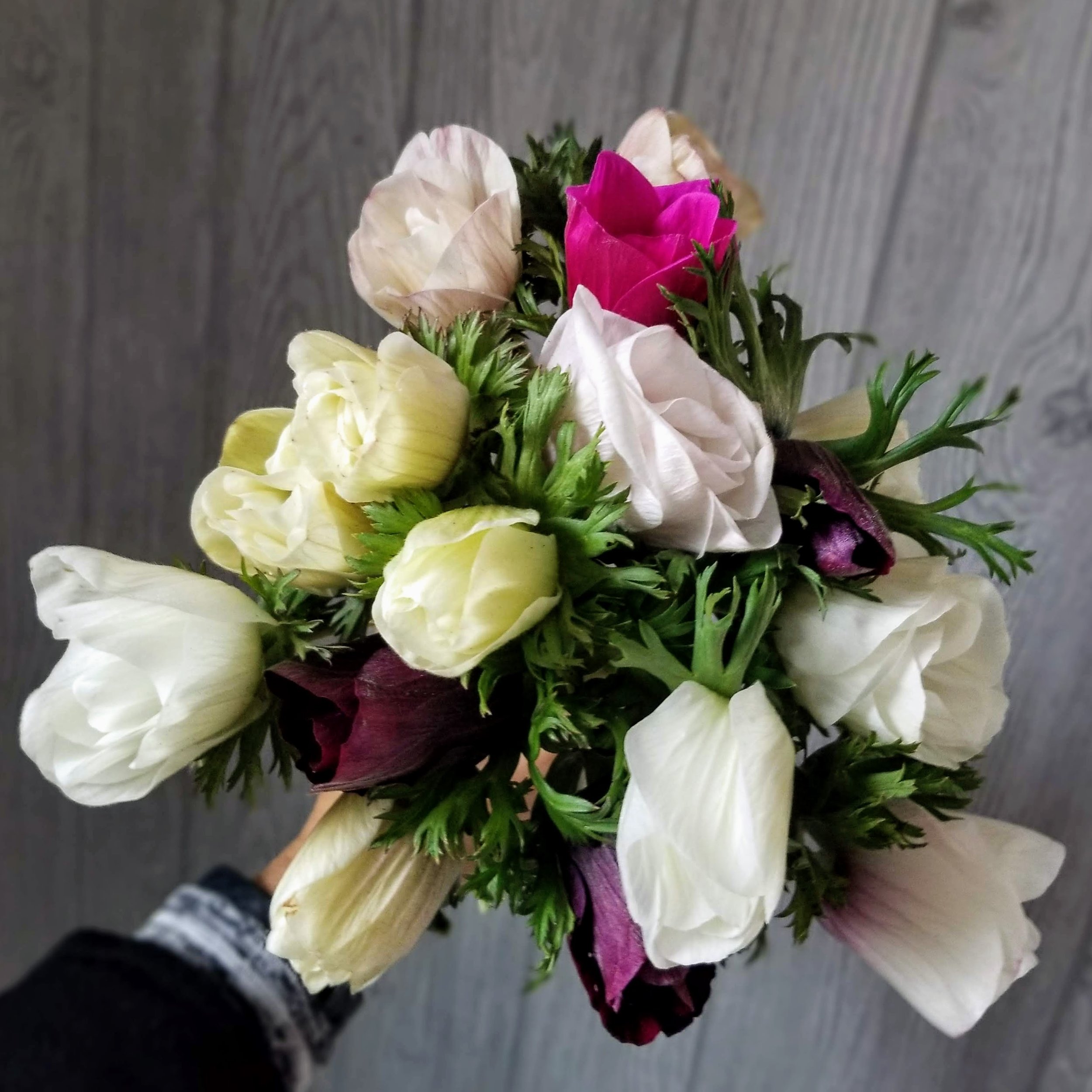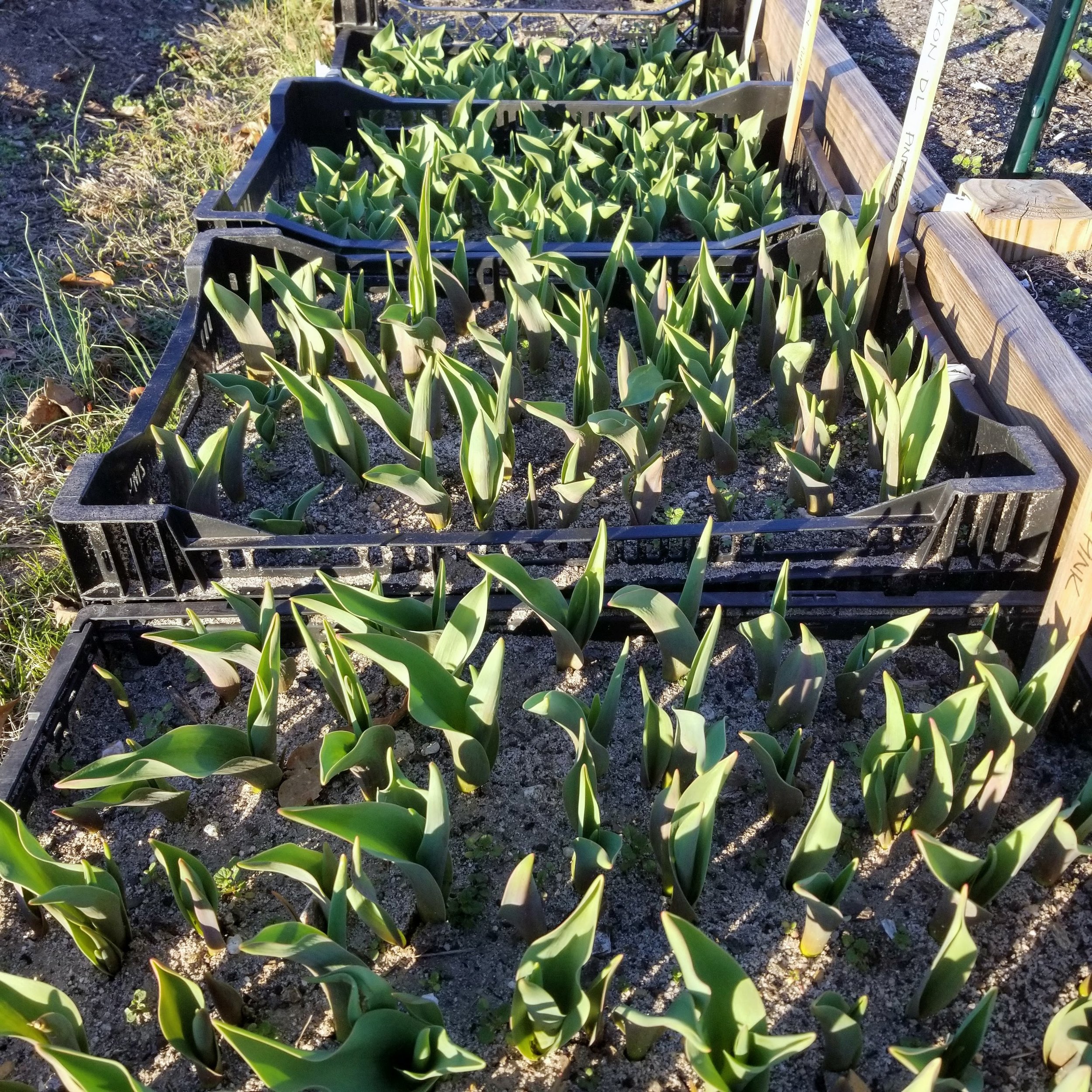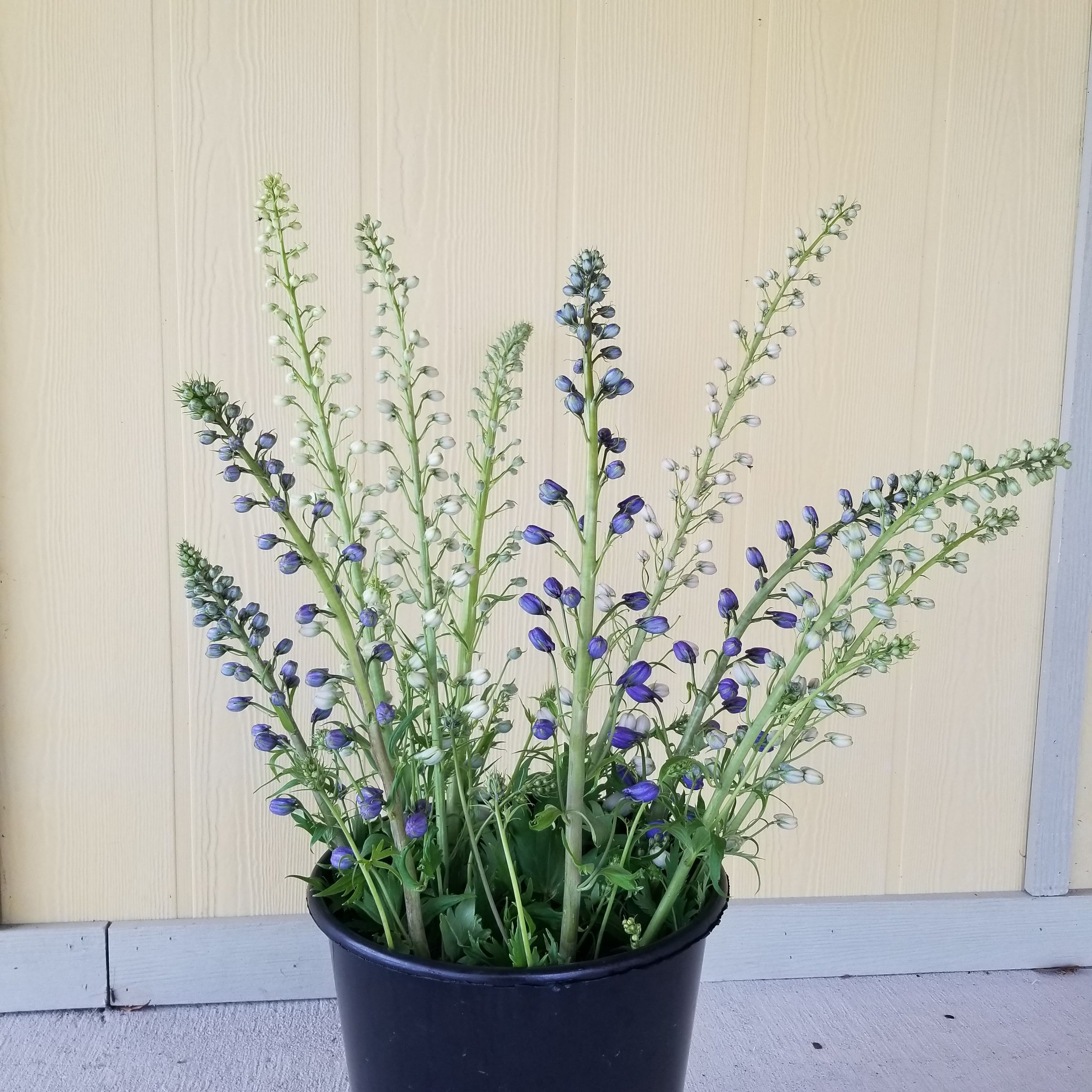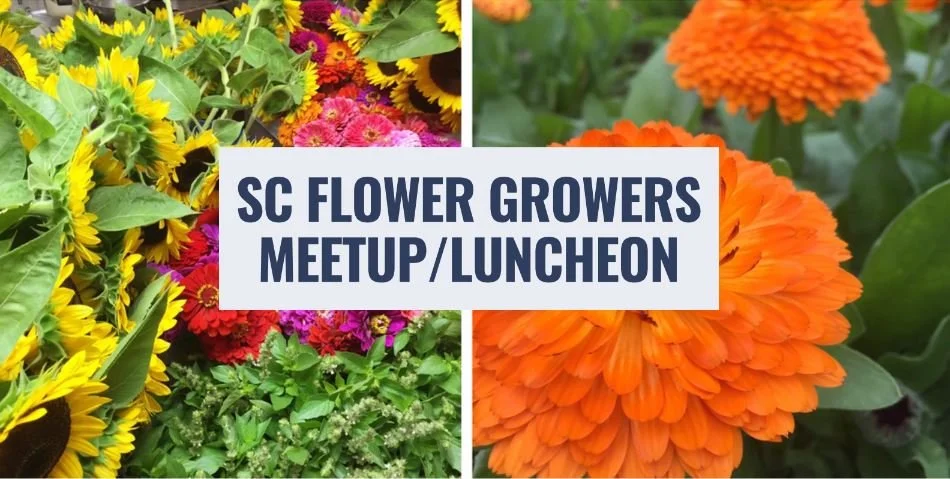Farm Update
Happy Halloween!
Farmers are surprisingly busy in the fall. Seasons converge. We’re busy wrapping up the fall harvest, getting the beds prepared and planted for spring, getting the spring bulb sales delivered and preparing for our holiday offerings too.
Temperatures are forecasted to be in the low 30’s at night this week, which is pretty much a guarantee that the dahlias and the rest of the summer annuals will be done. This is the average first frost date for our area, so statistically speaking, we are on our normal schedule.
Here are a few highlights from our fall season.
Dahlias
The dahlias were a lot of fun to grow this year, and we hope that you enjoyed some of them. We doubled the number of tubers we planted and grew several new (to us) varieties along with some old favorites. It is always fun to find something new and beautiful, that does well in our warm climate. Here are some of our favorites for the year.
Clockwise from top left: Totally Tangerine, Mr. Franz, Genova, Labyrinth Two Tone
Totally Tangerine is an anemone form dahlia. The plant is small, so good for a pot. It produces a large number of 2 inch blooms.
Mr. Franz is a waterlily form. The blooms are 4-6 inches and the petals are peach and yellow.
Genova is a small ball form dahlia. The plant produces many flowers. The size makes them easy to use in arrangements.
Labyrinth Two Tone is a lavender and white dinnerplate dahlia. They are typically smaller than a dinnerplate in our summer heat. This makes them good for arranging. This is a recent release from the same breeder that brought us the Labyrinth dahlia.
This last one is called Babylon Bronze. It does well in our heat. As the season’s days got shorter, it grew much larger and had petals that were more yellow than bronze. These are hard to use in bouquets or arrangements, so I took them home! A few blooms for the farmer to enjoy at the end of the season.
We’re trying to keep a few dahlias going in the hoop house, so we’ll see how that works out.
We will be selling dahlia tubers in early 2024. This will give us room in the field to add a few new ones and expand the quantities of the ones that do well in our climate.
Heirloom Mums
This year we are also growing heirloom mums for the first time. They generally bloom after the dahlias and their blooms are triggered by shorter days. Heirloom mums come in many shapes and sizes. We’ve just started with three to see how they do. So far, so good. This one is called Crimson Tide. More updates will be coming on these interesting flowers.
Heirloom mum Crimson Tide
Spring Blooming Bulbs
Thank you for those who have ordered their bulbs. We are getting things delivered/ready for farm pick up as the bulbs arrive from Holland. Shipping from Holland is a long and complex process, so the providers are not the best at keeping a predictable schedule. We have everything now except for the tulips. They are supposed to arrive next week, so we will get them to everyone as soon as we can.
The most important thing to remember is that we have the luxury of planting all of these now through January in our glorious climate. Just keep the bulbs cool and dry until you are ready to get them into the ground.
Holiday Shop
This year we will have bulbs, bulb gardens and greens bouquets available for purchase on the website and at our holiday open house at the farm on December 2nd.
In addition to a large variety of amaryllis in various sizes, we will have extra-large paperwhites. These are 17cm, which means that they are some of the largest available. Larger bulbs provide larger and more flowers. Here is a photo showing a standard daffodil bulb next to one of the paperwhite bulbs.
More information to come in our next email update.
Standard Cum Laude daffodil on the left, our extra large paperwhite
